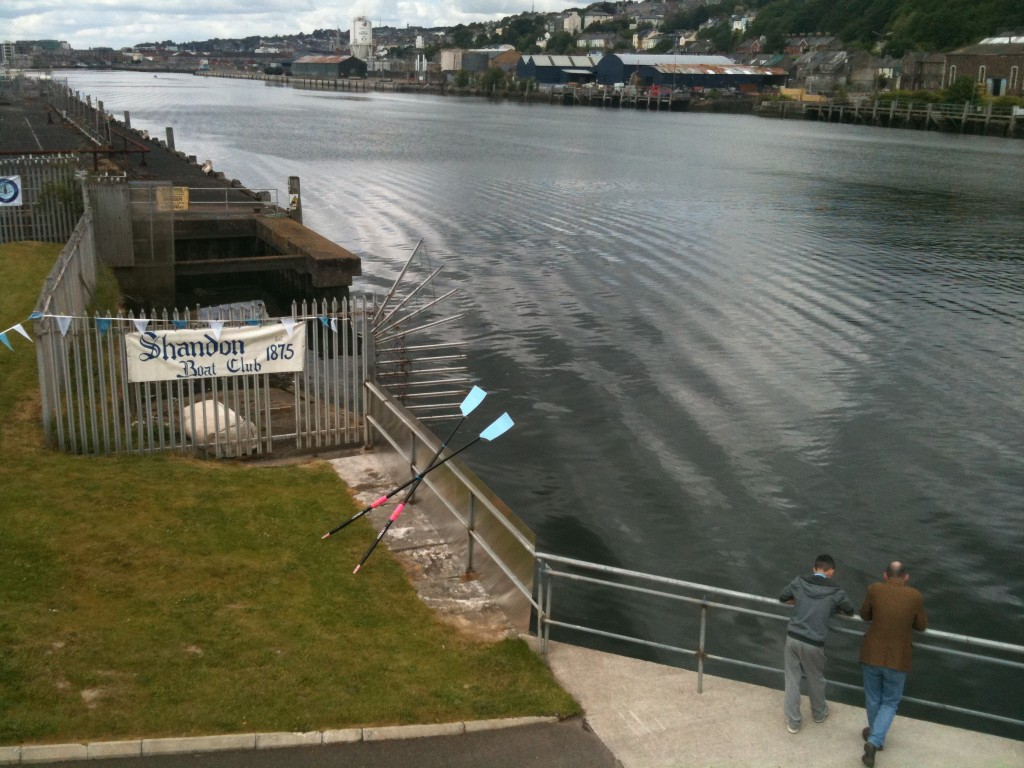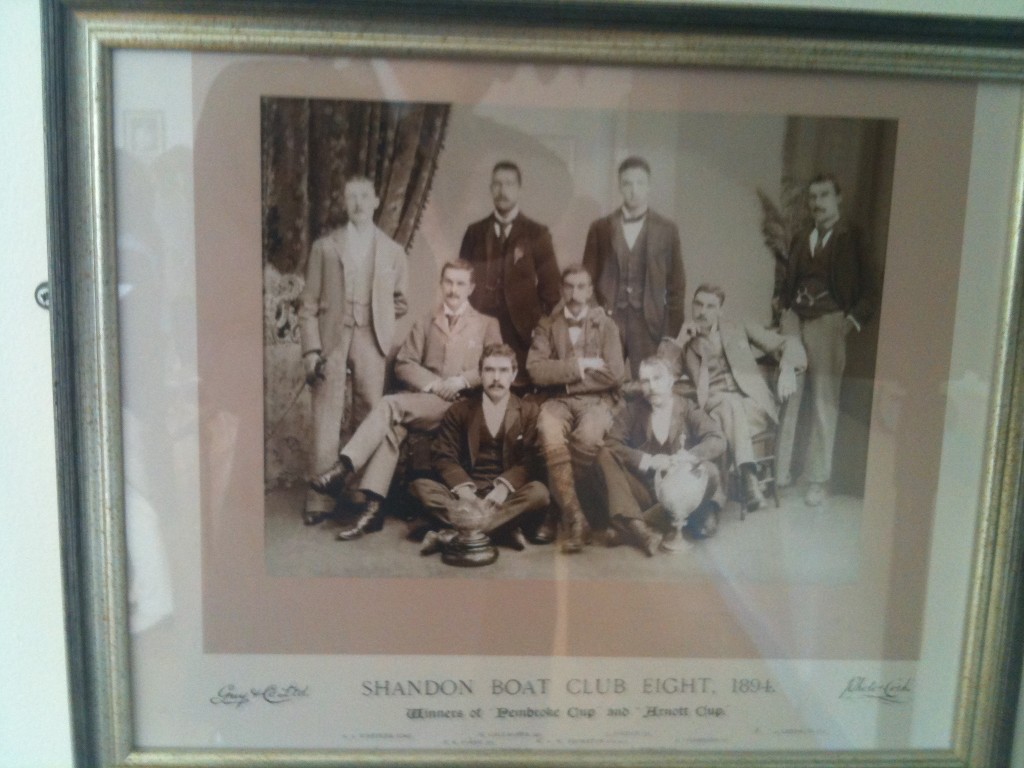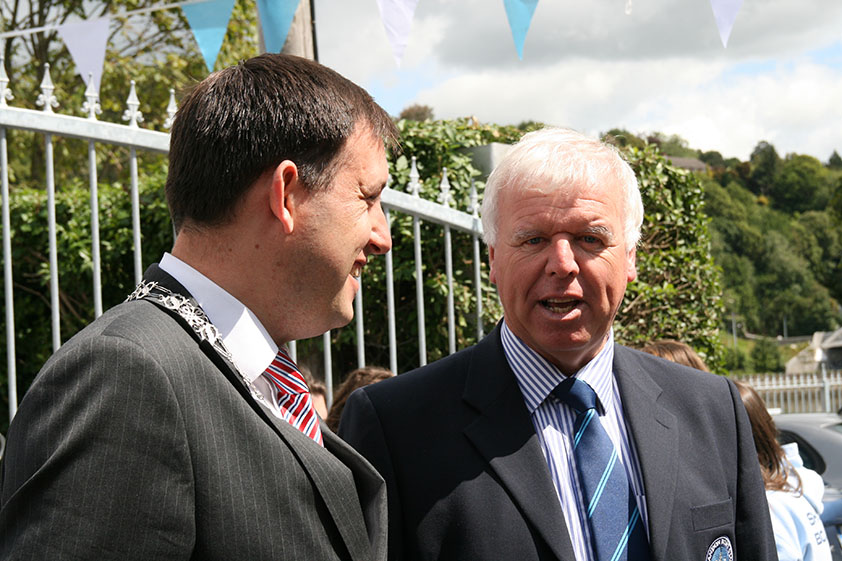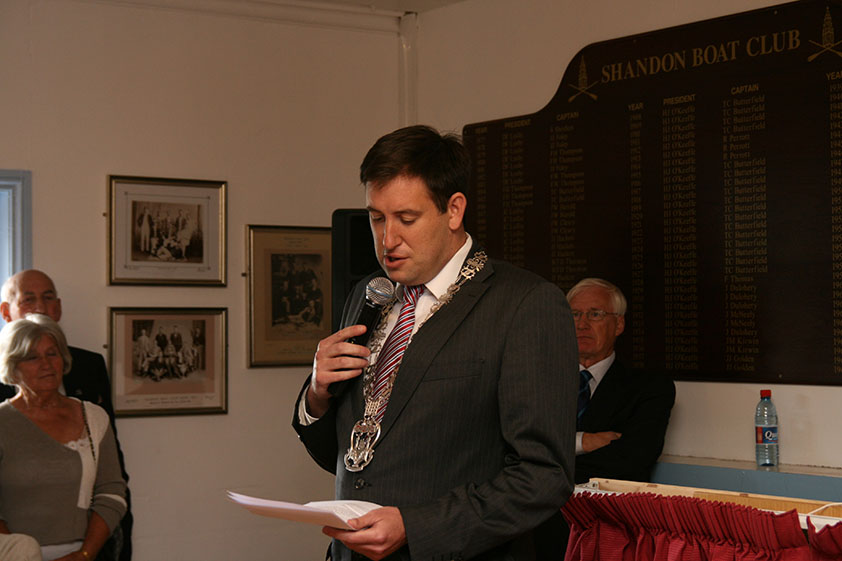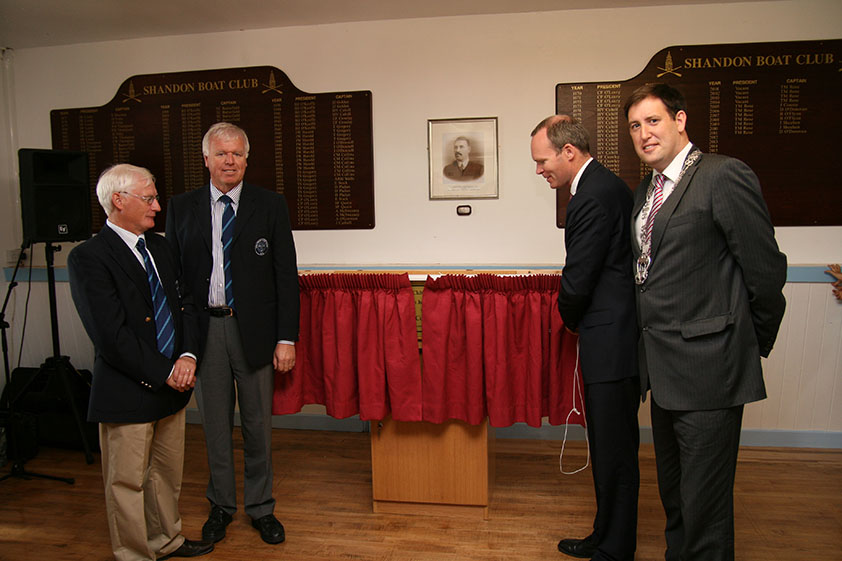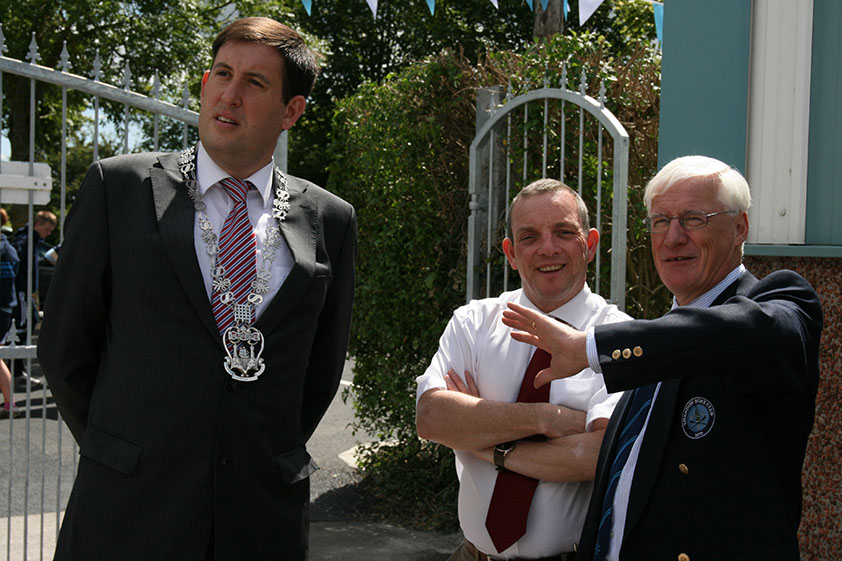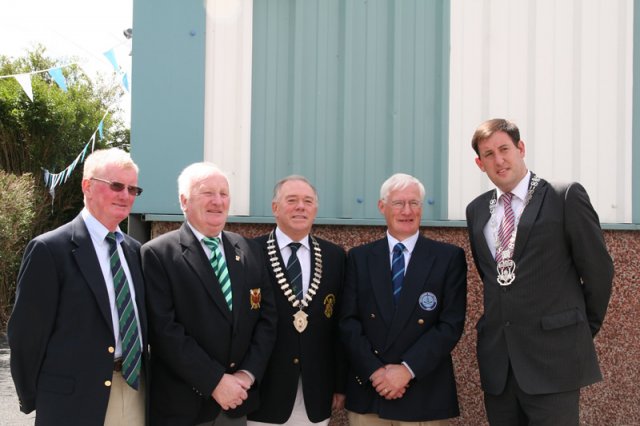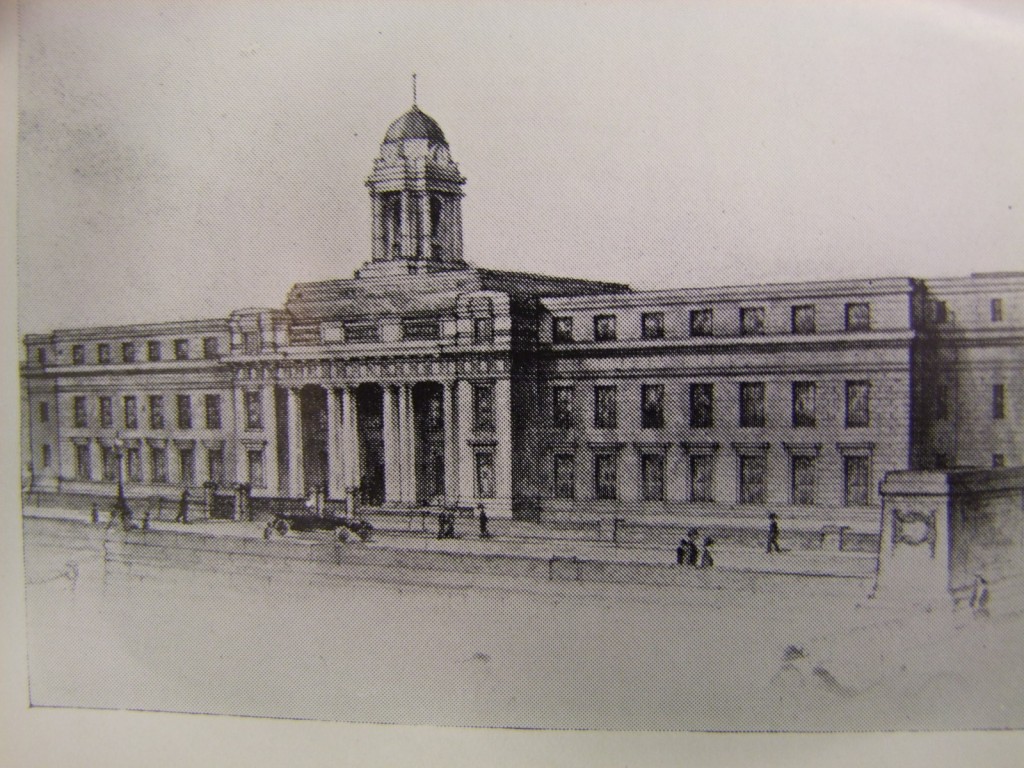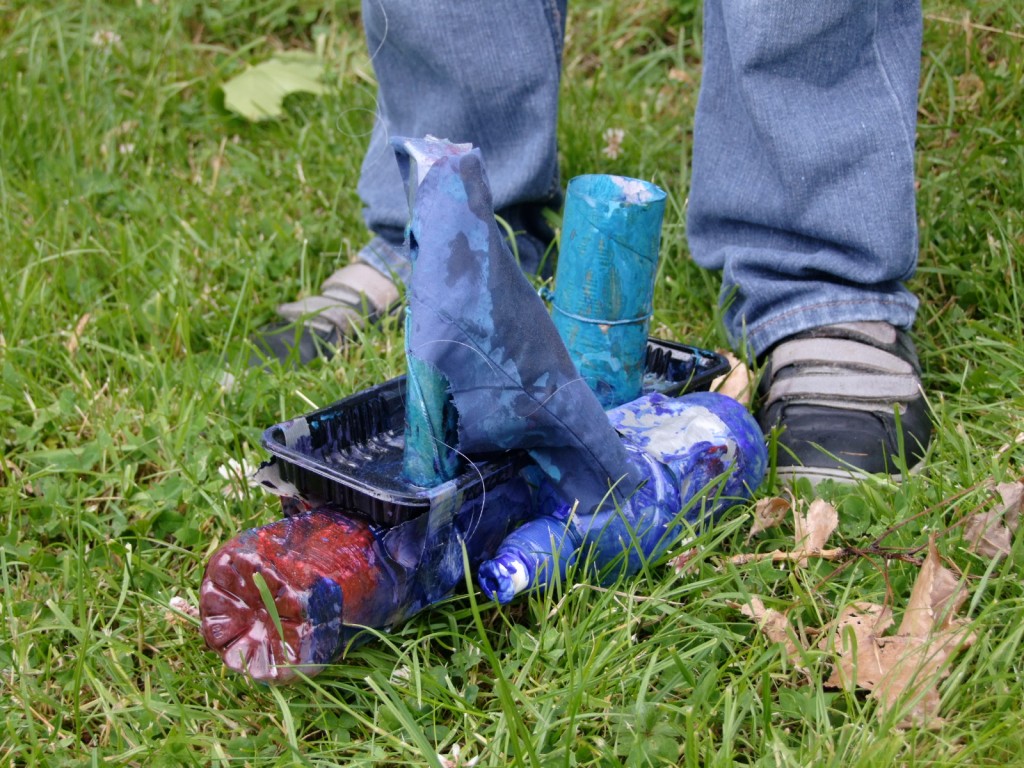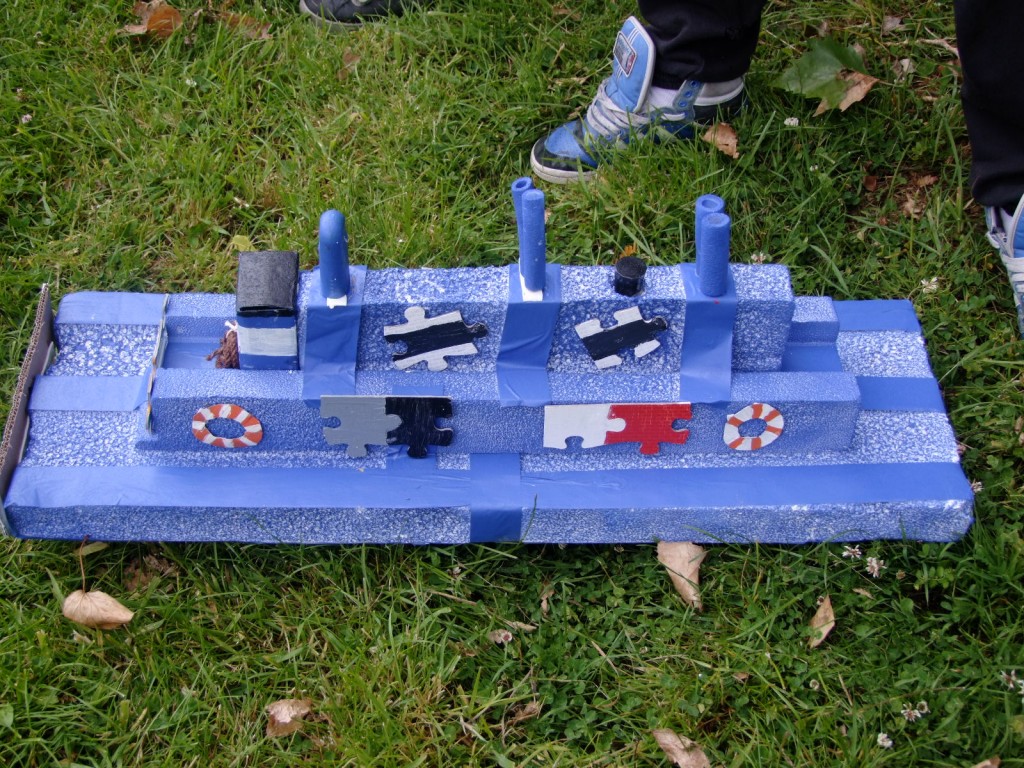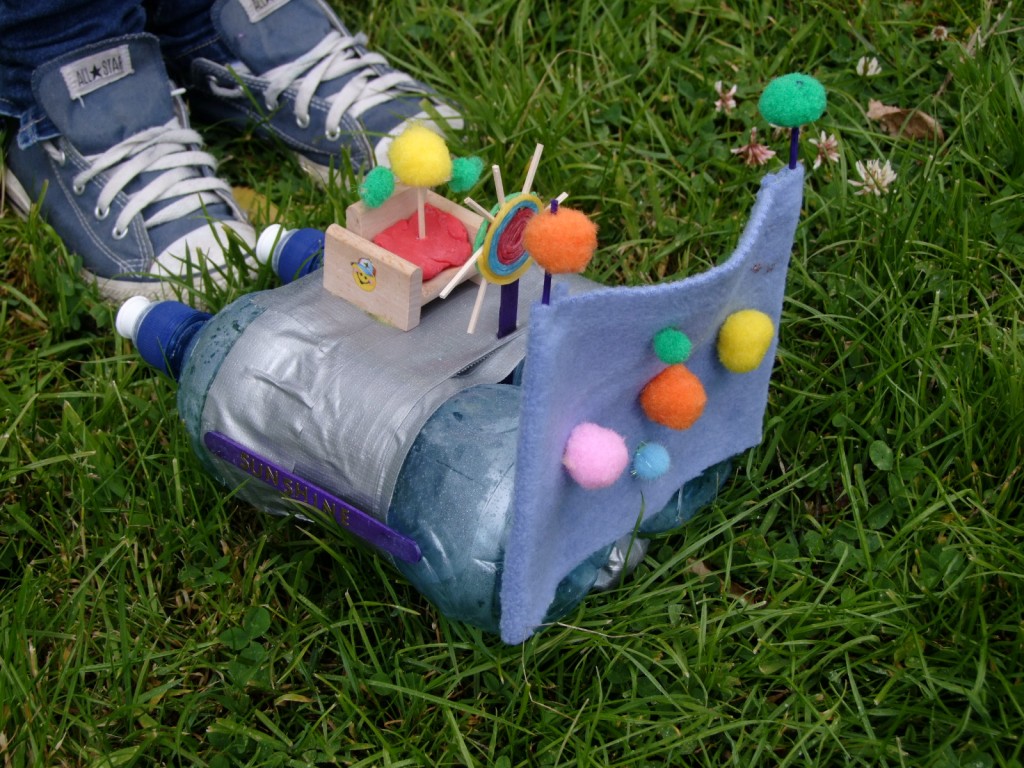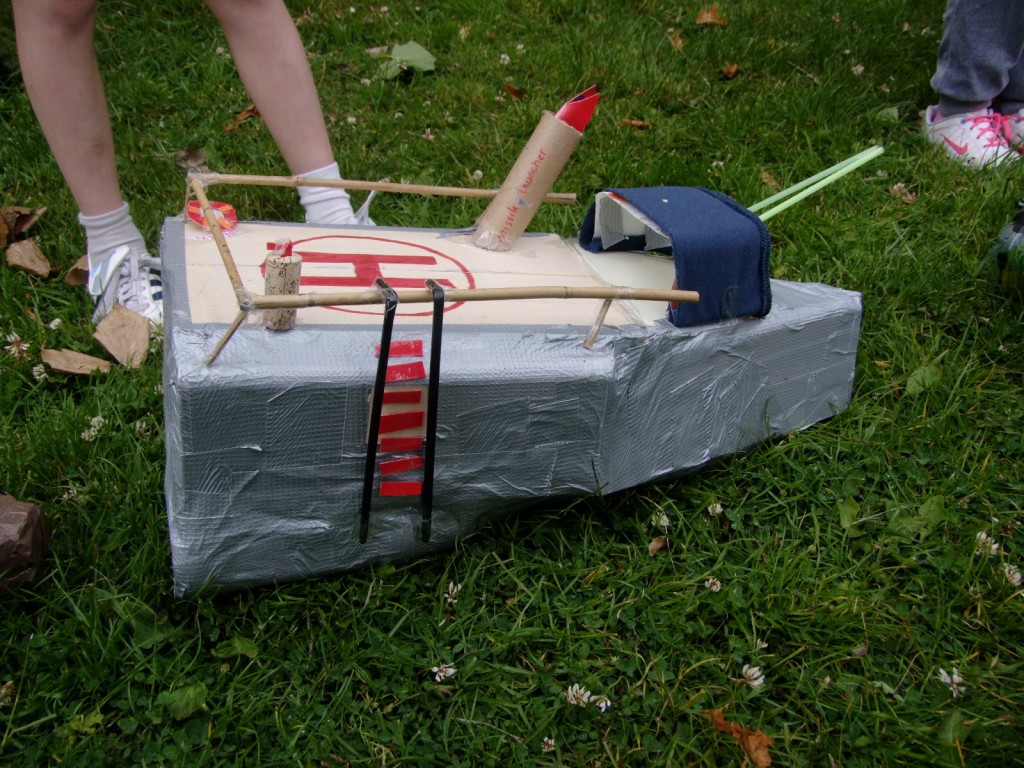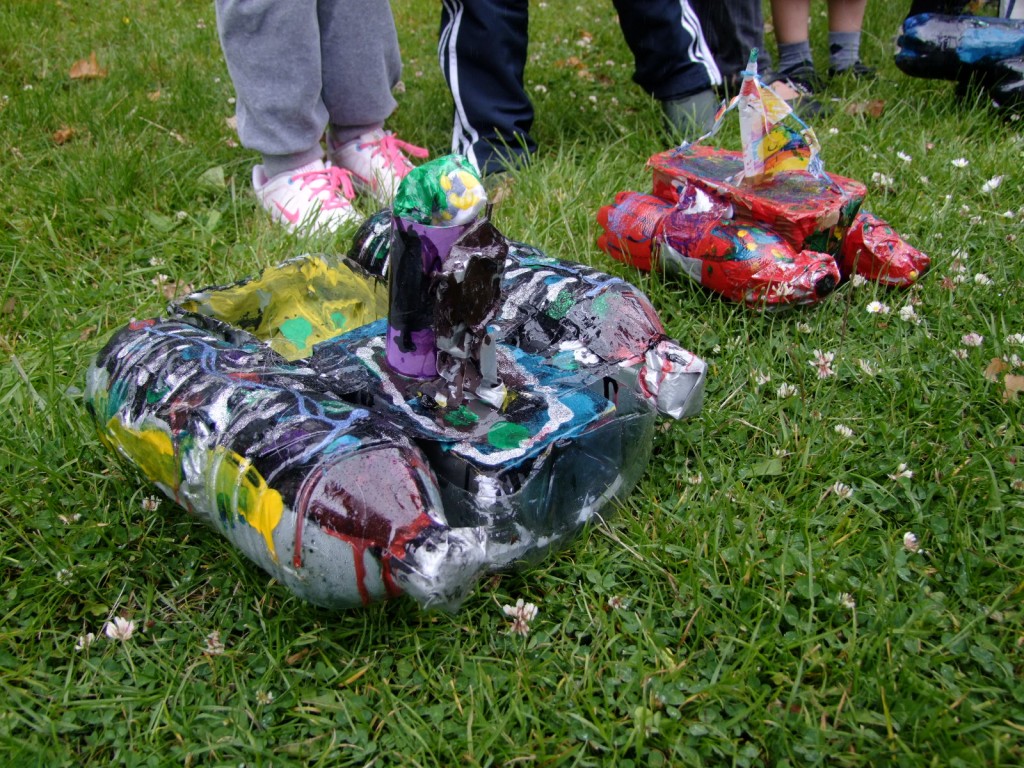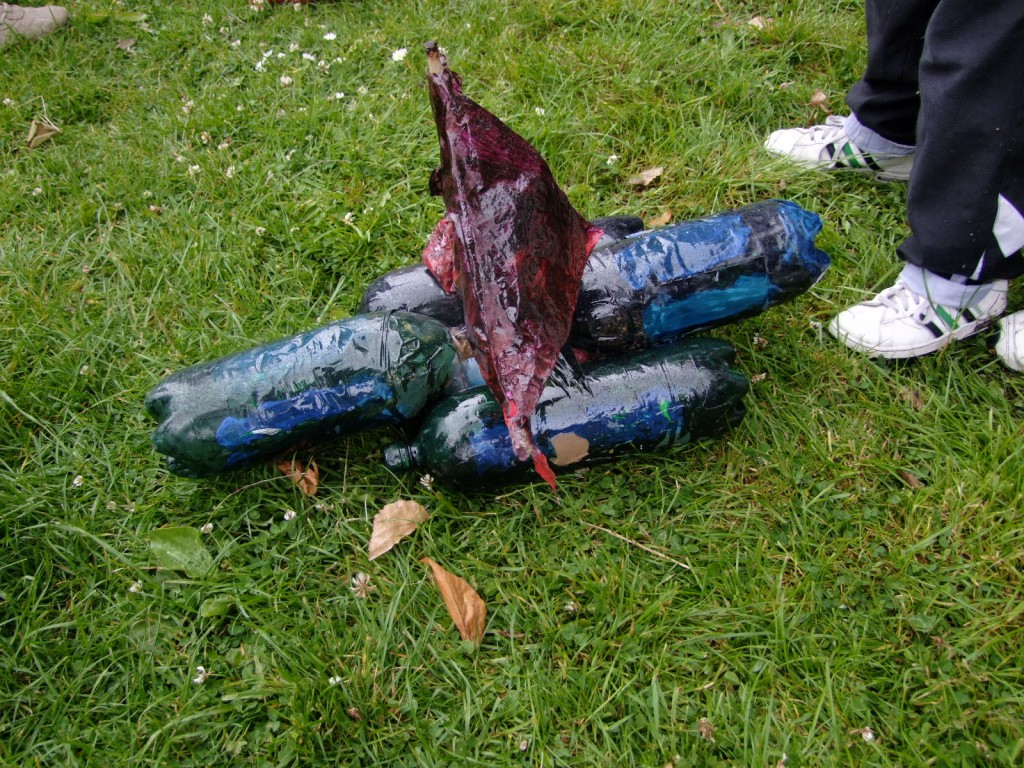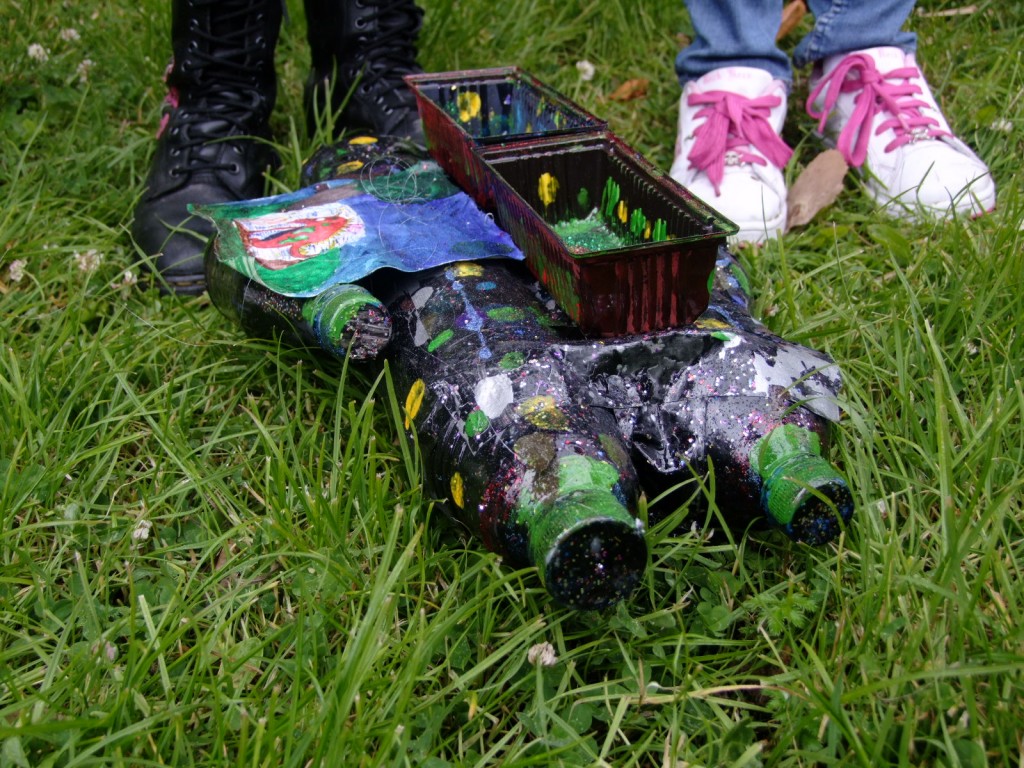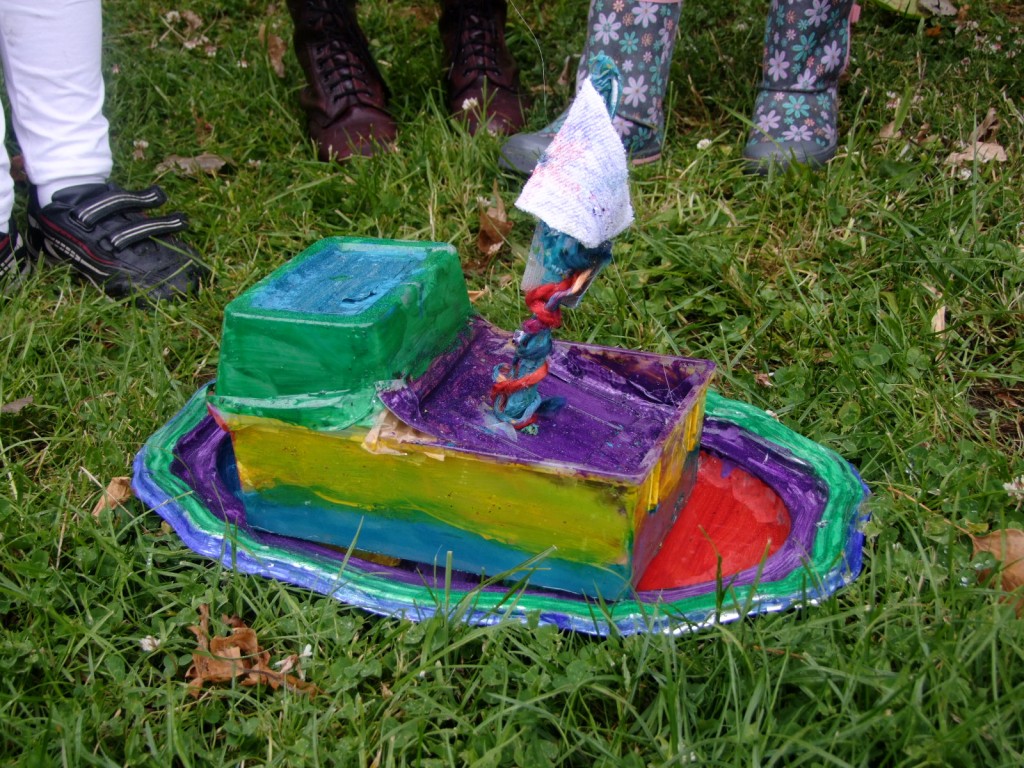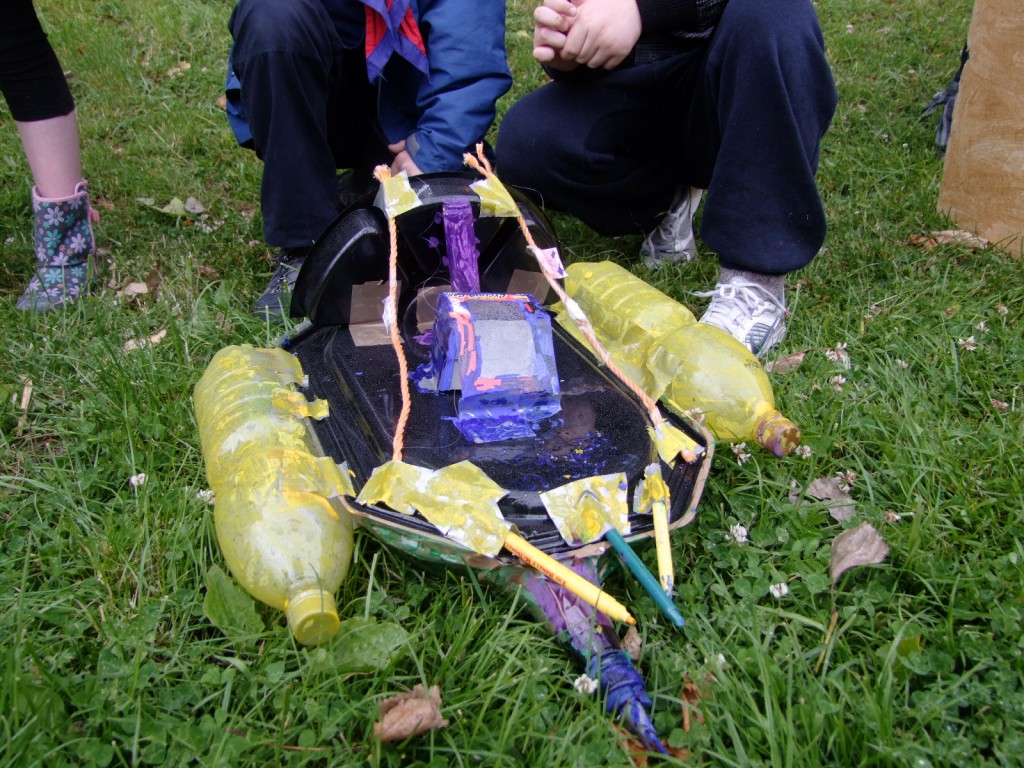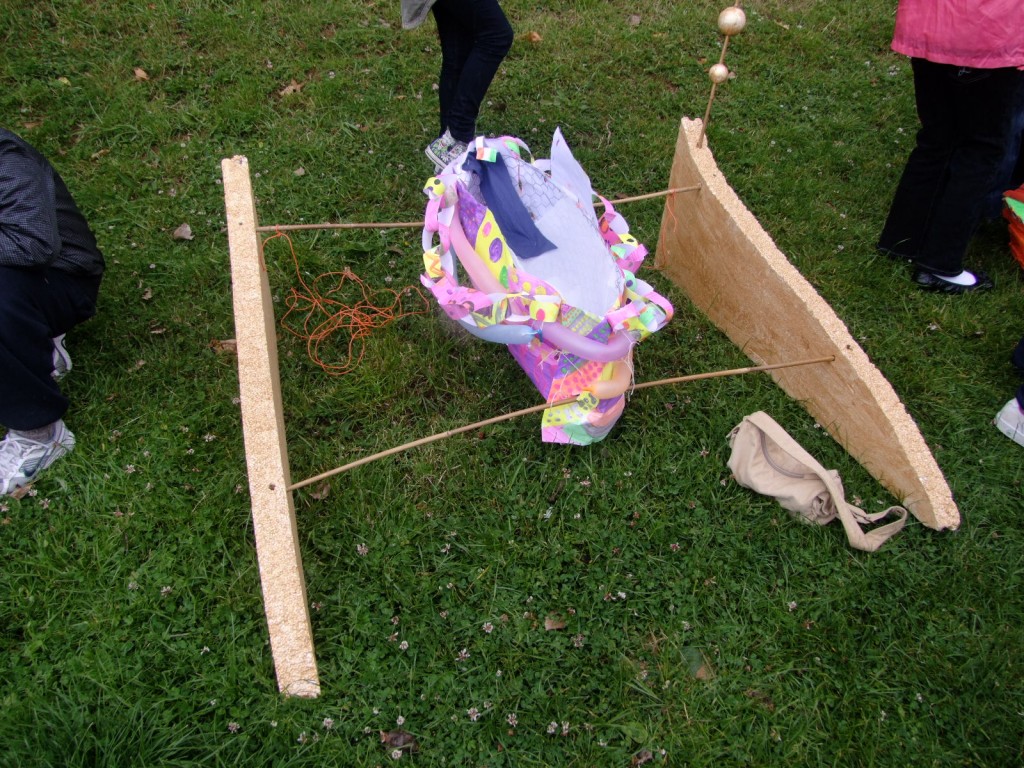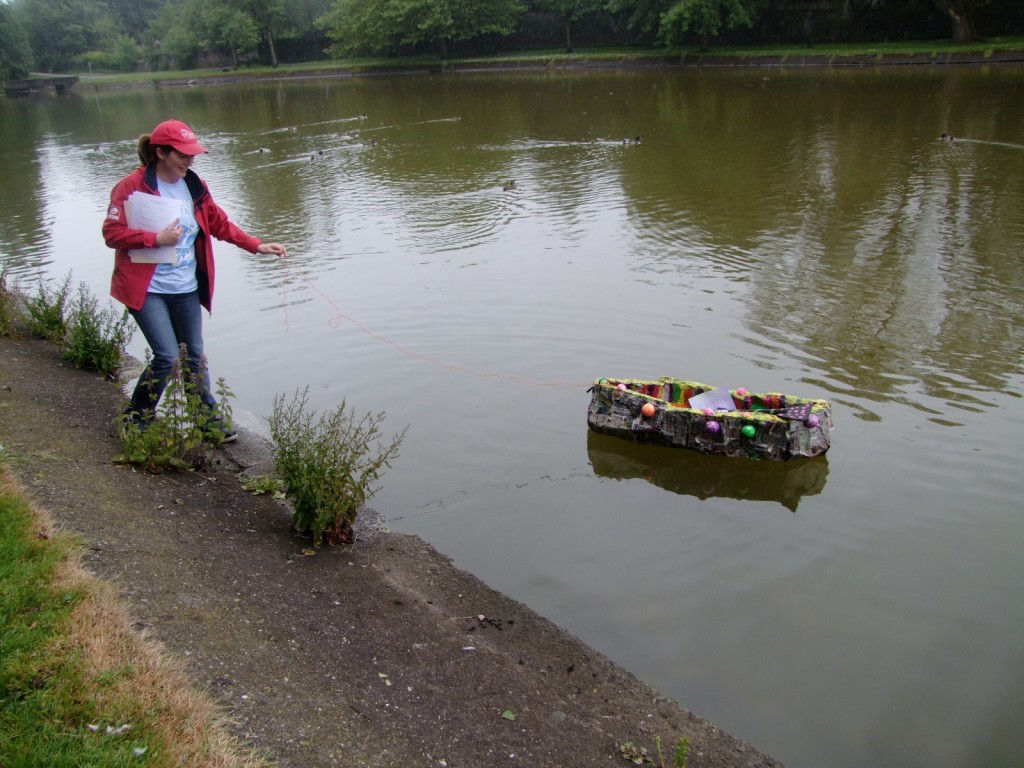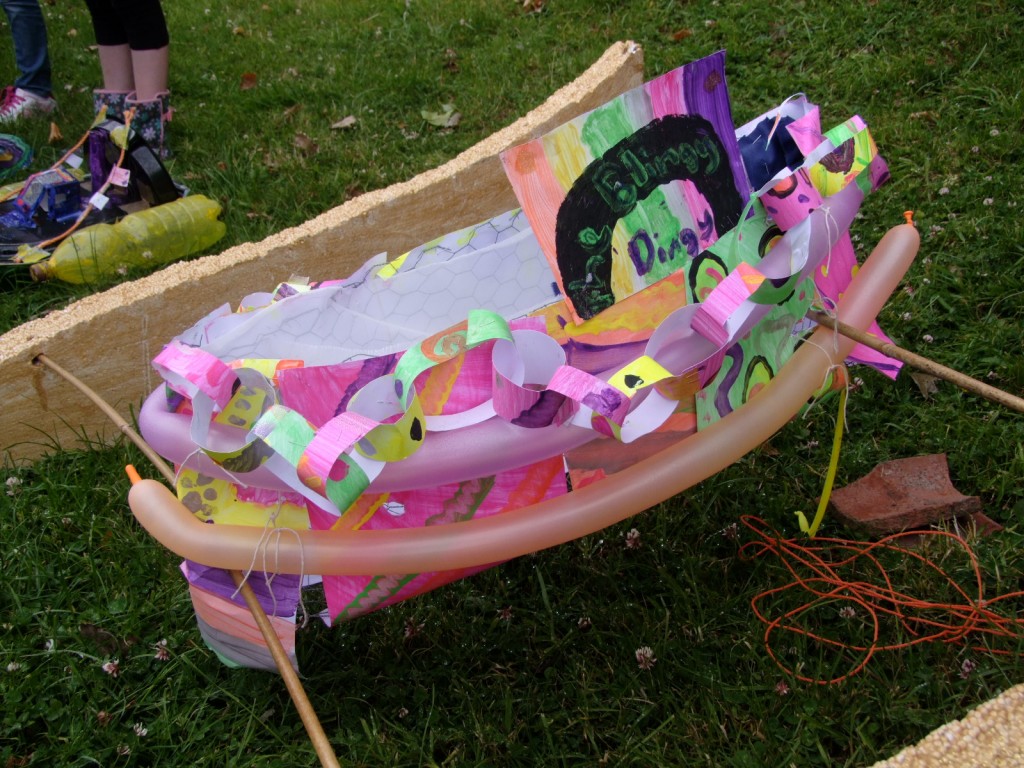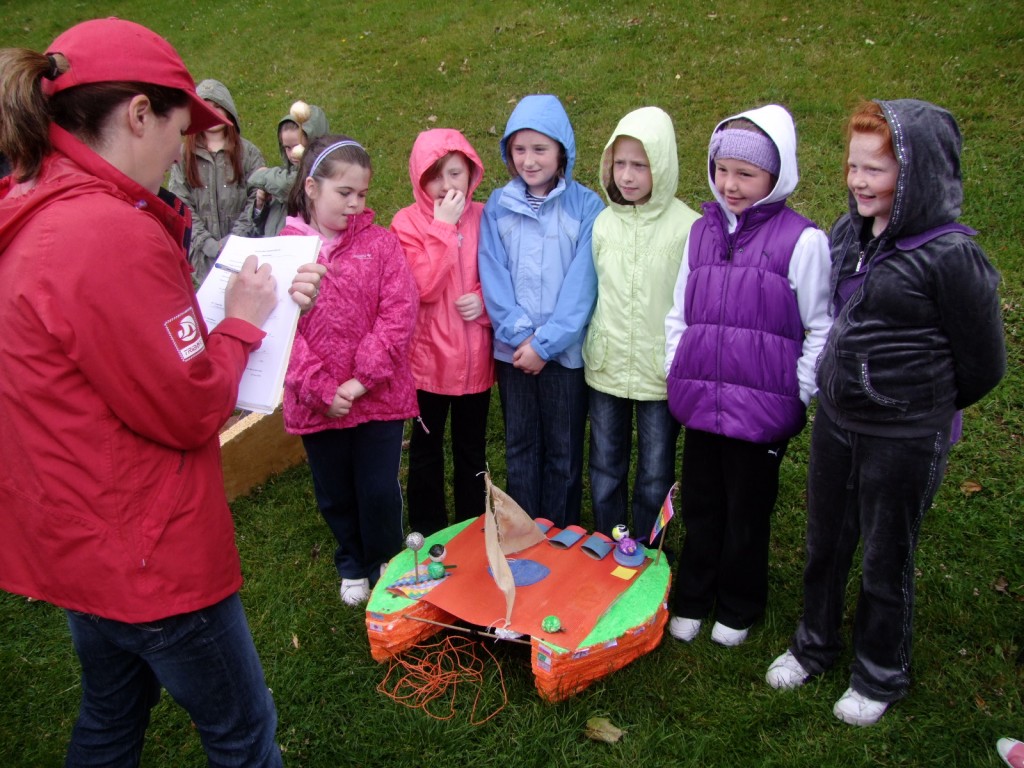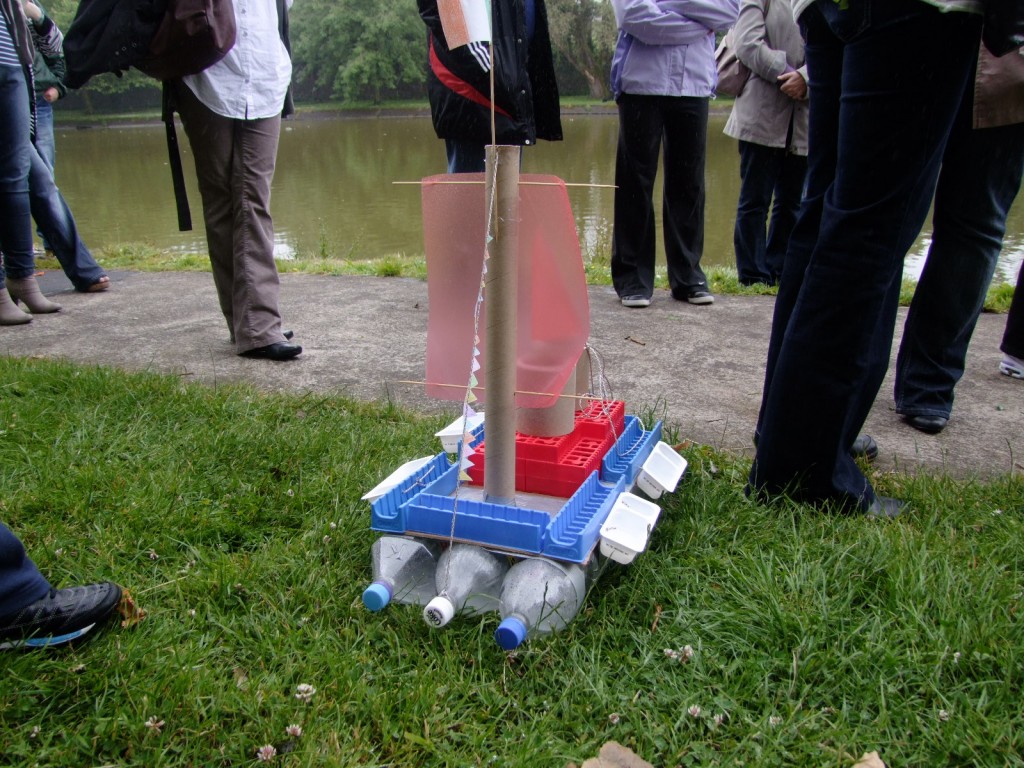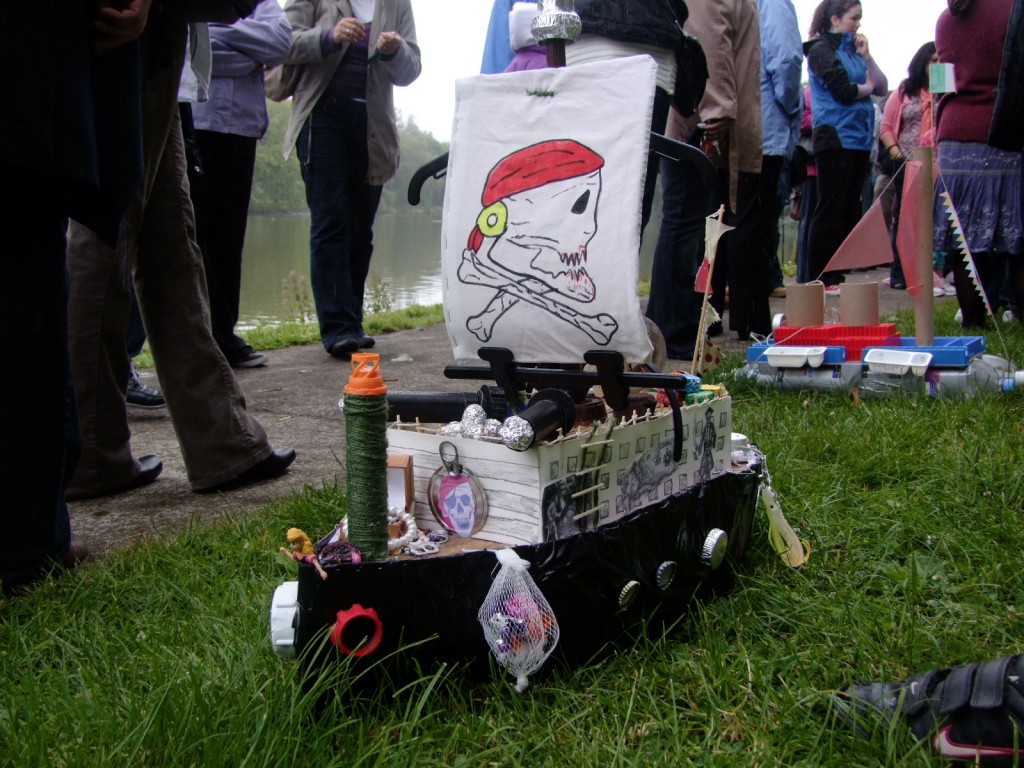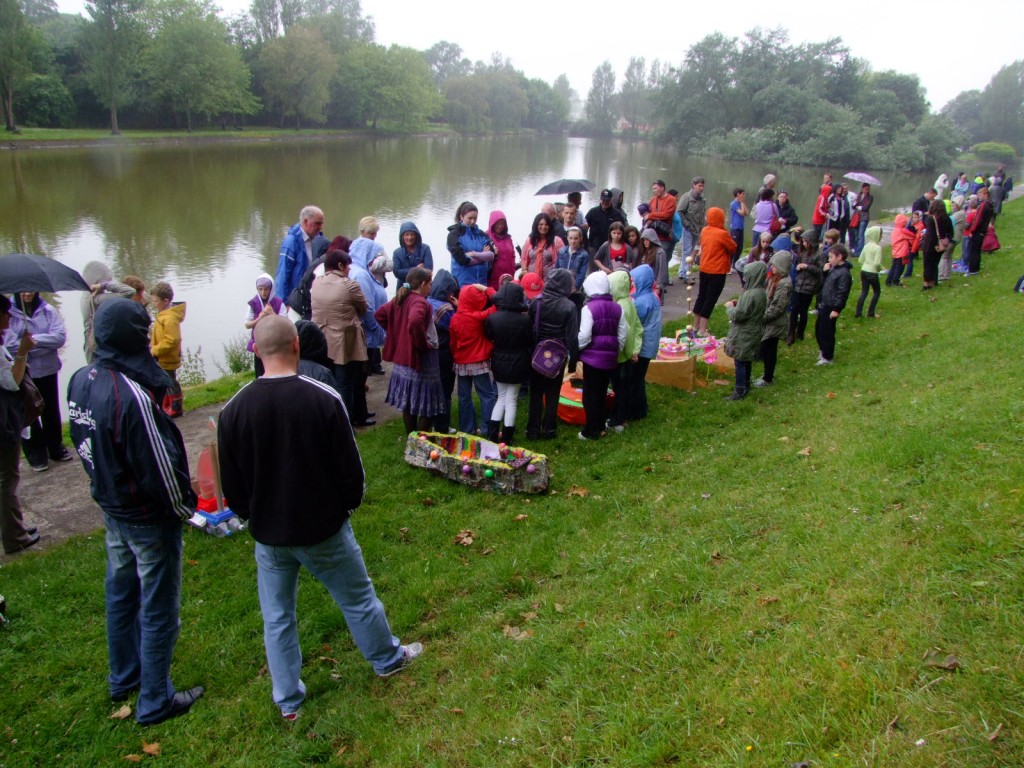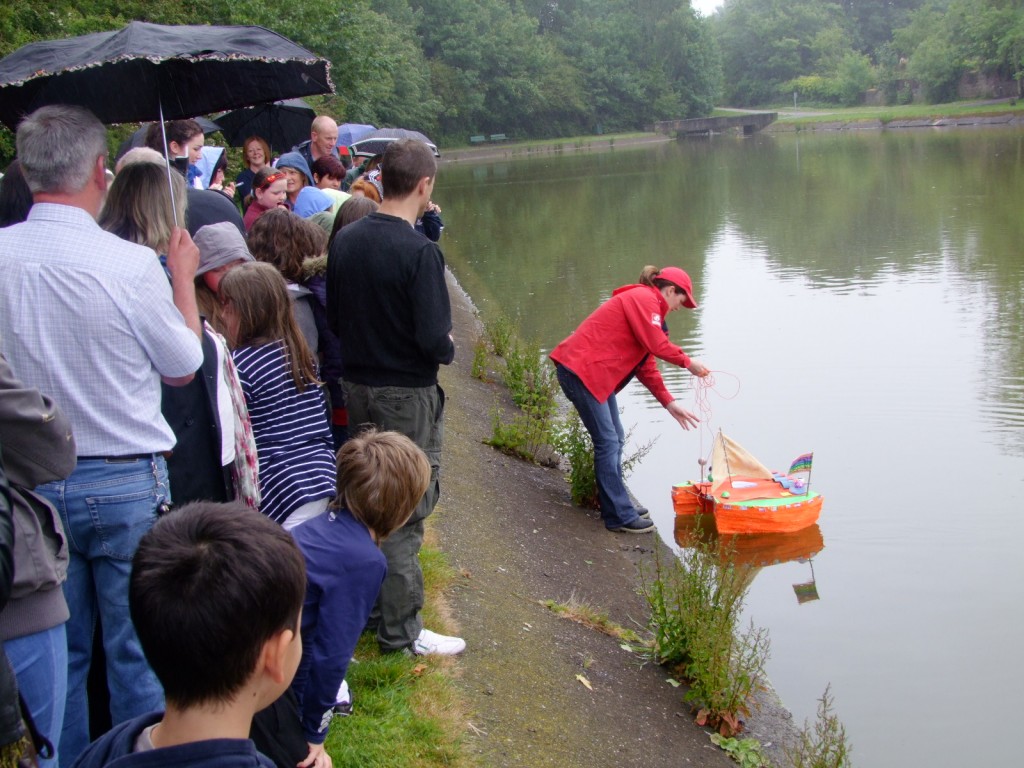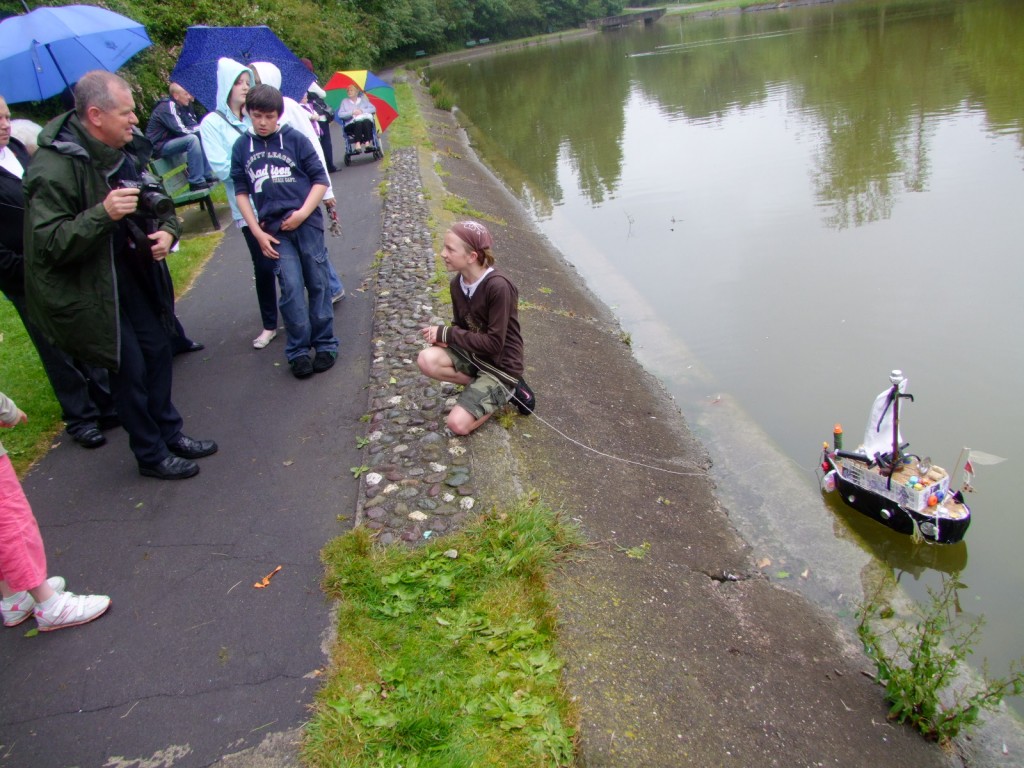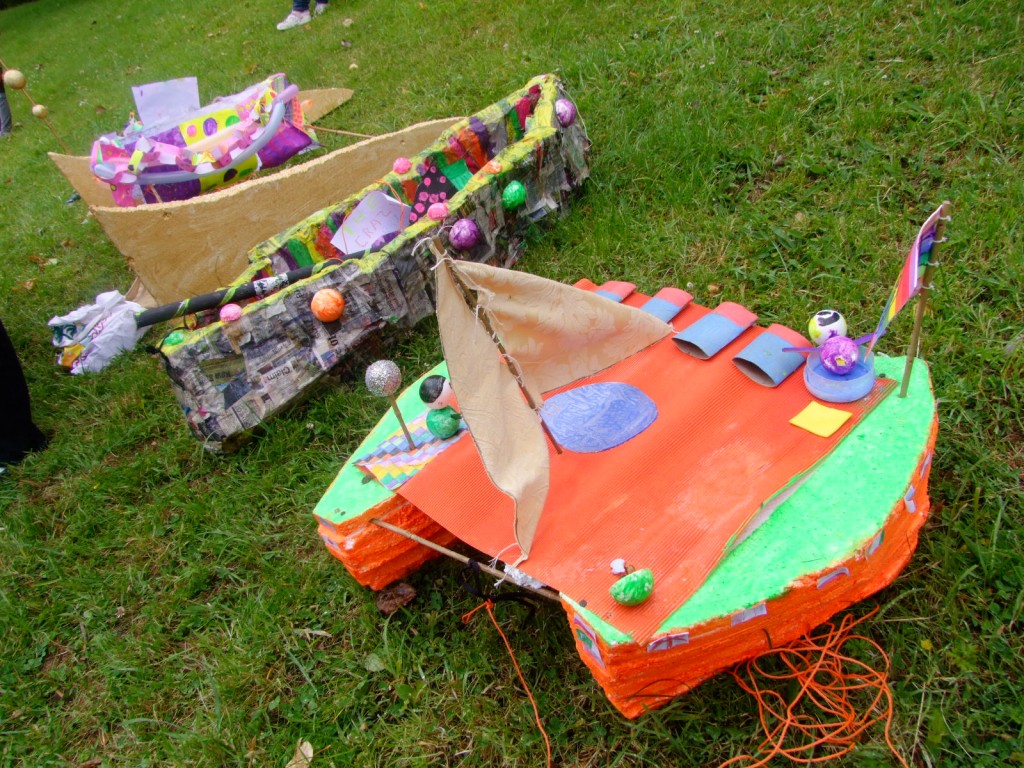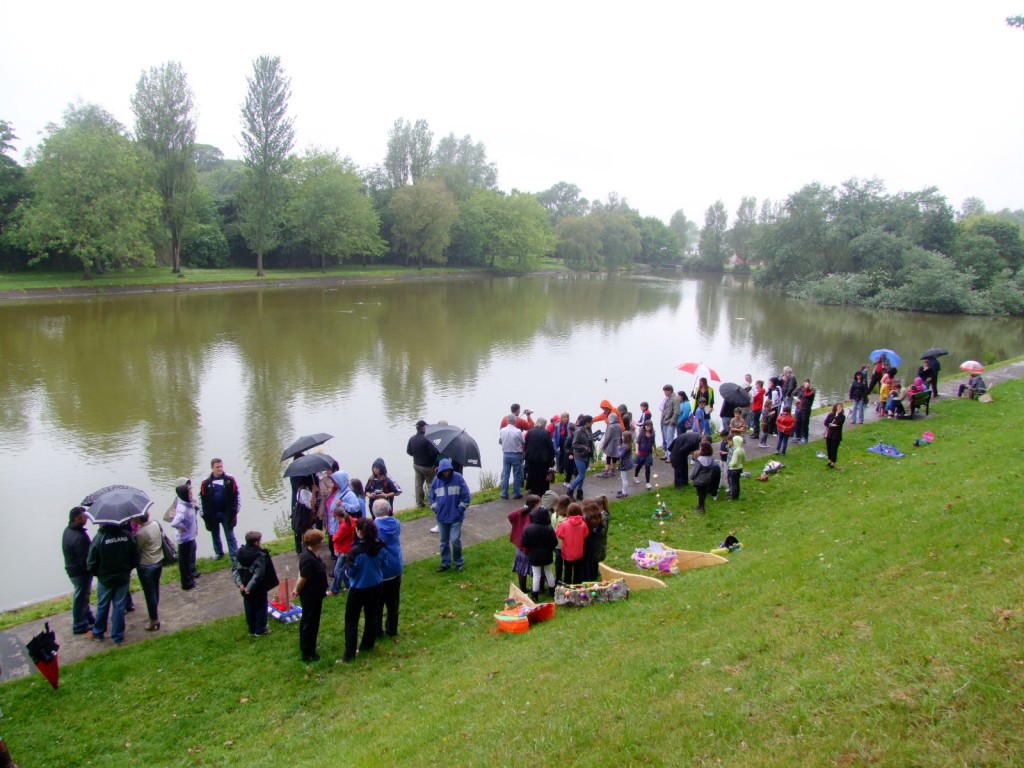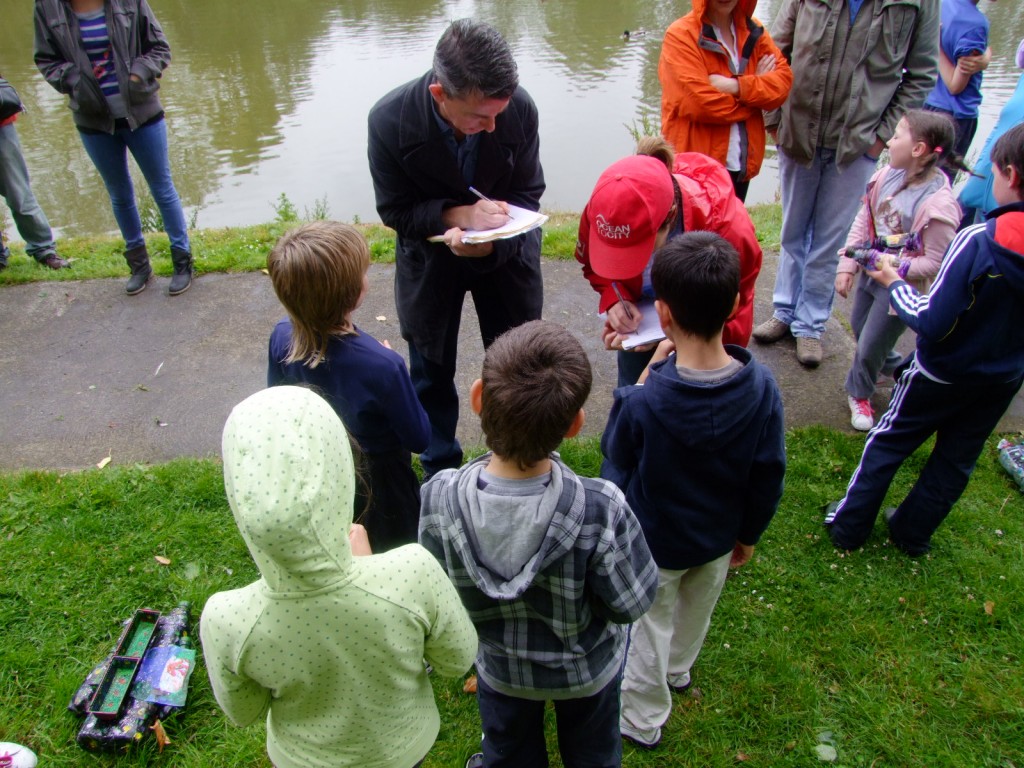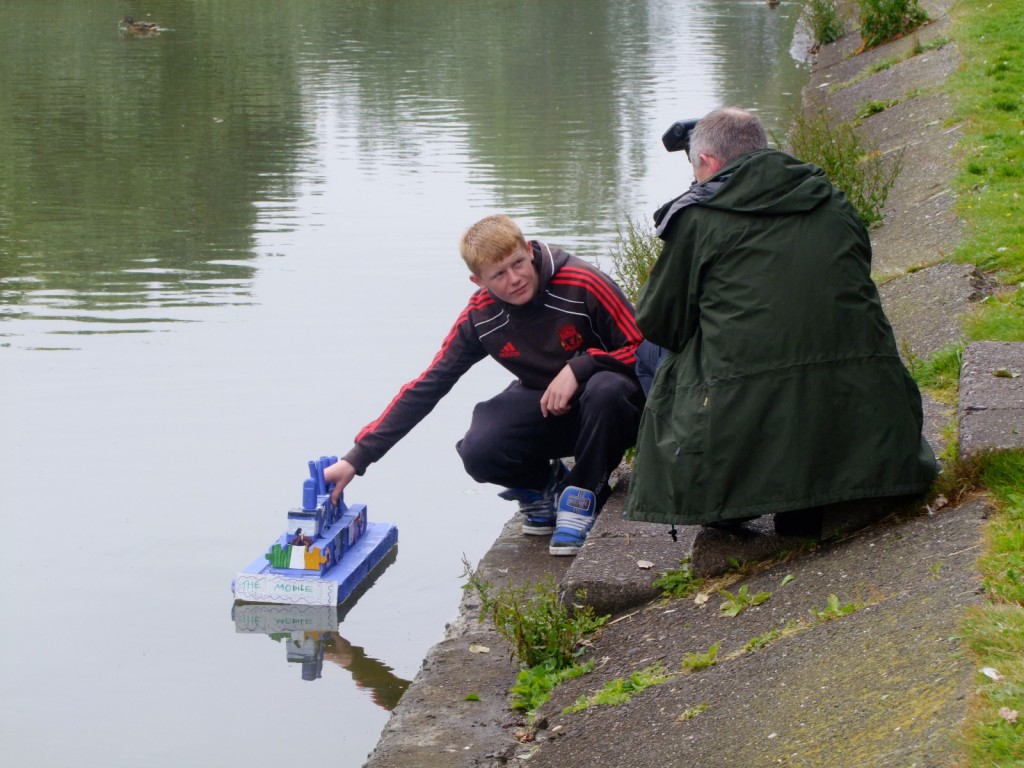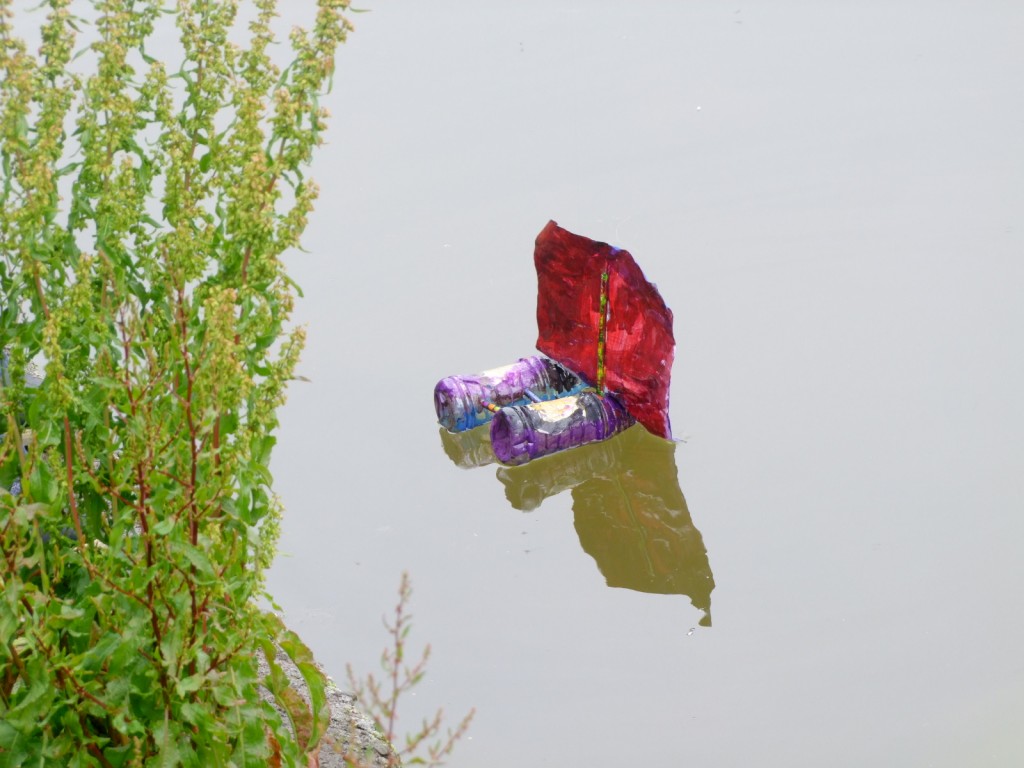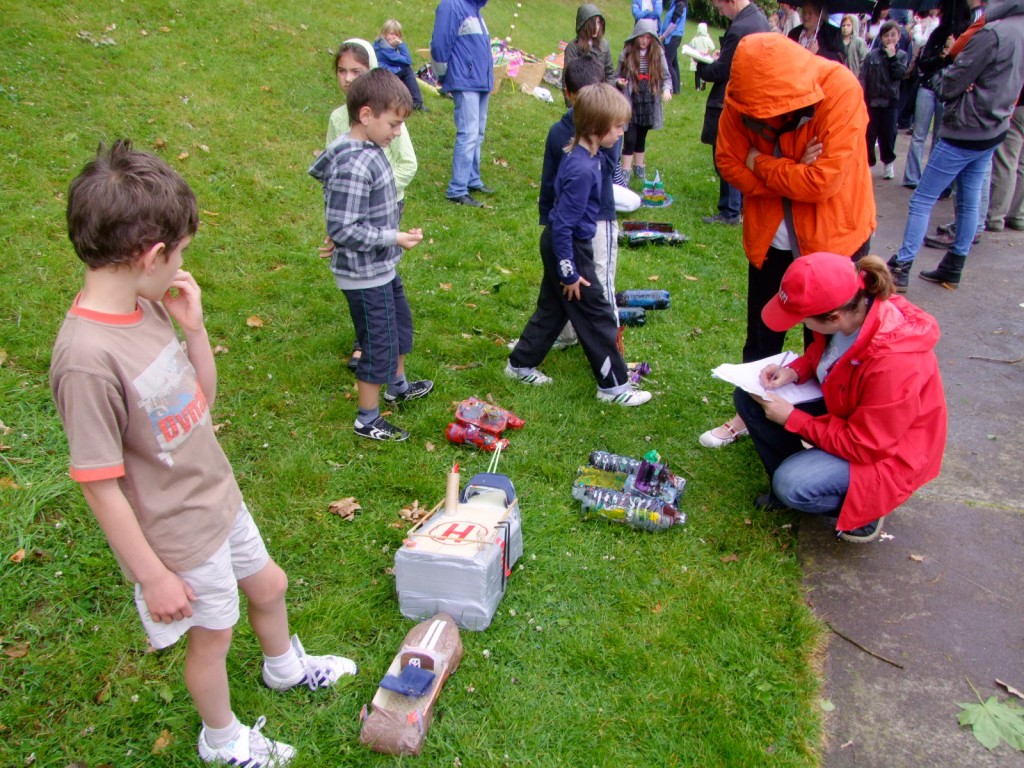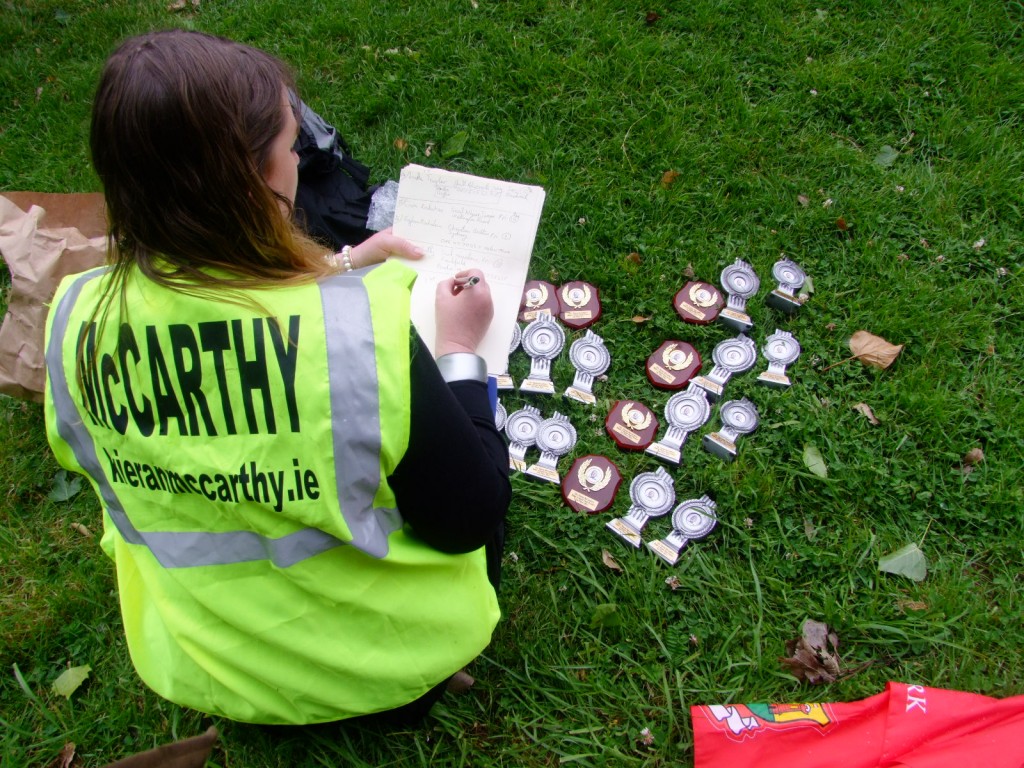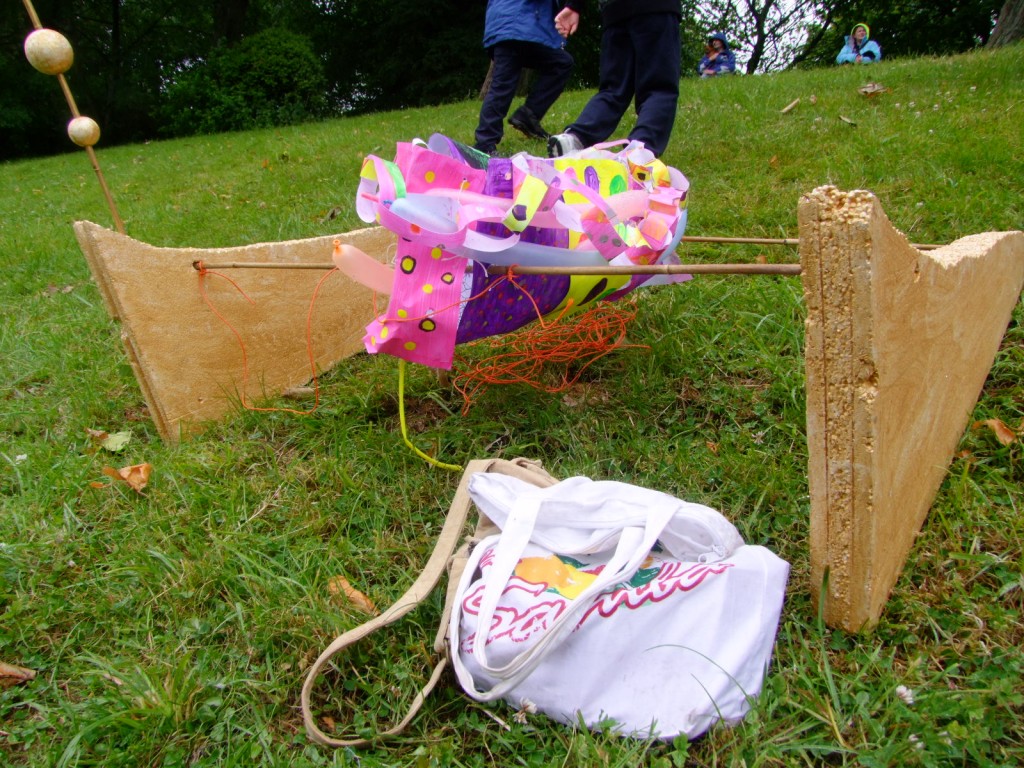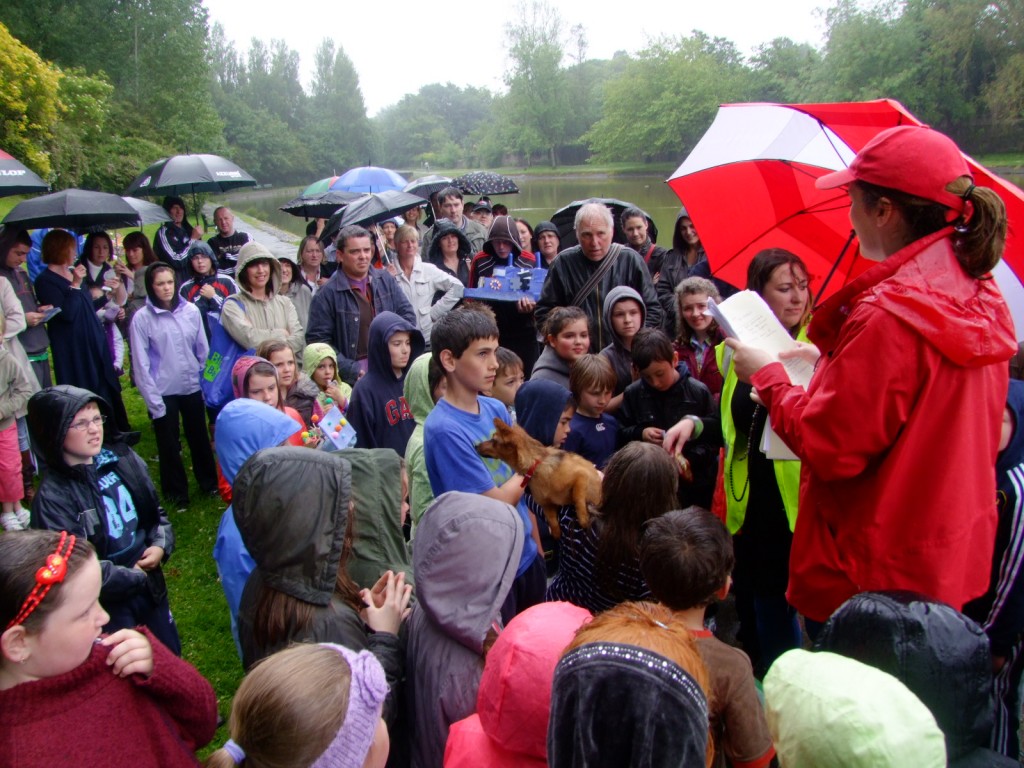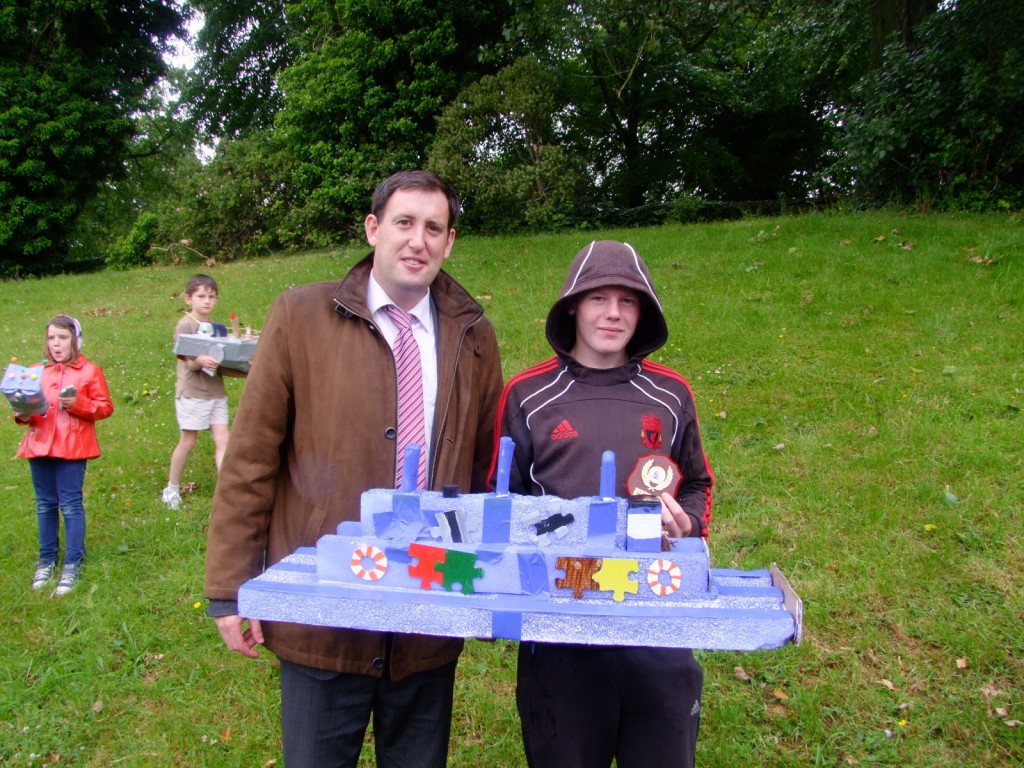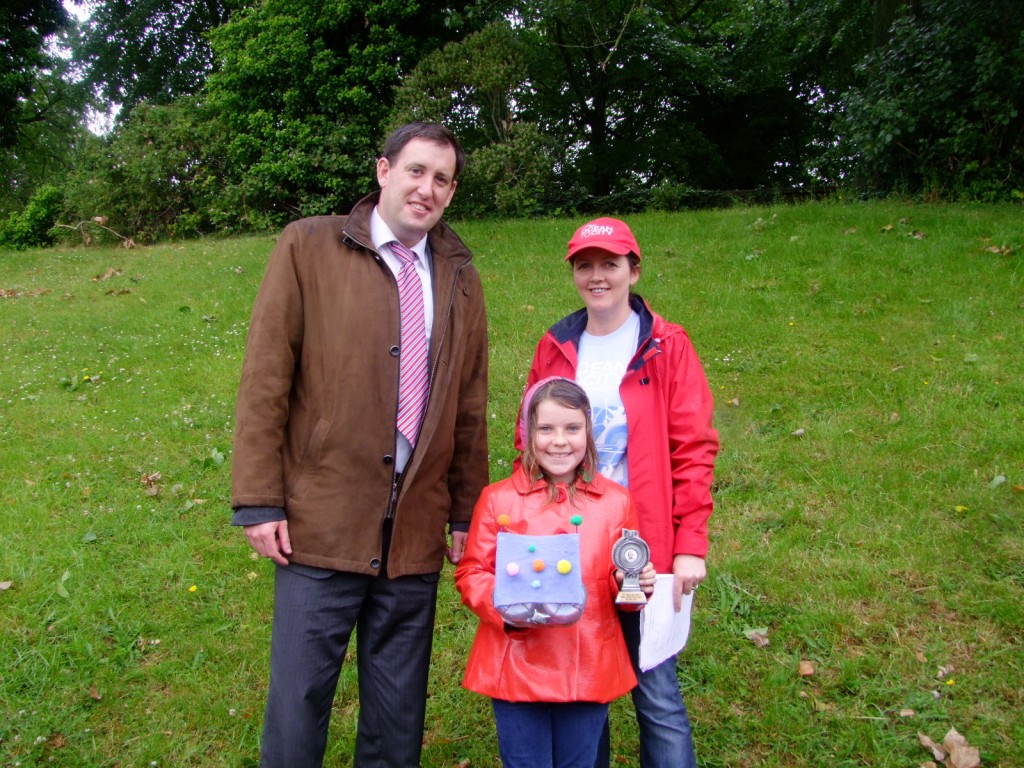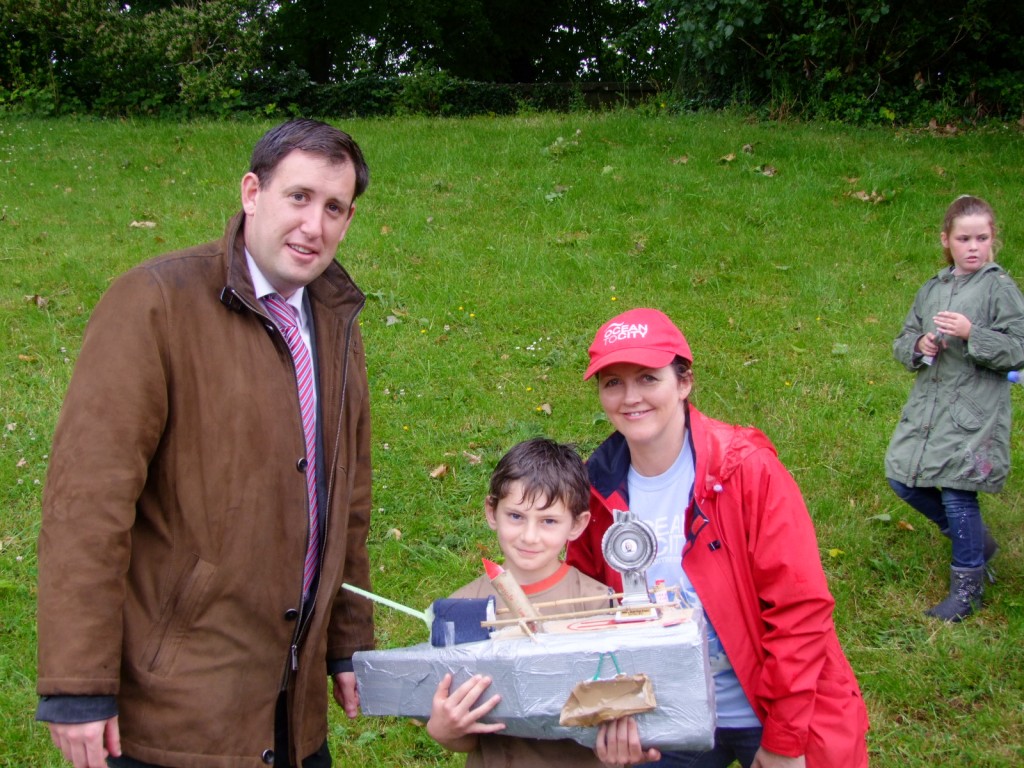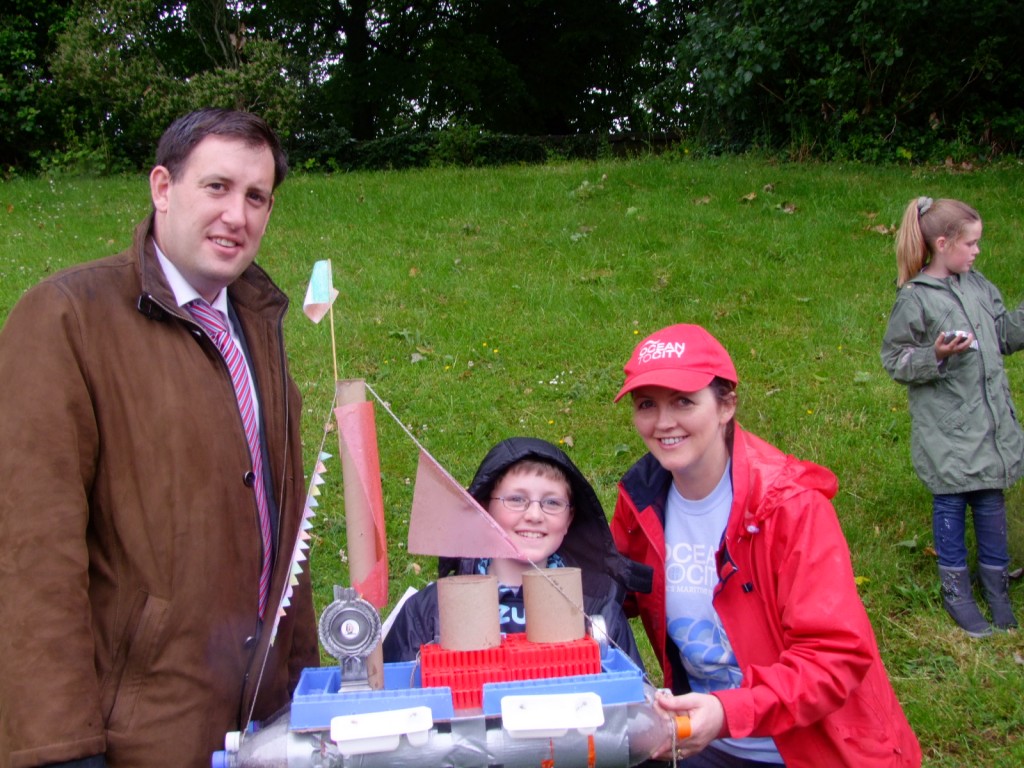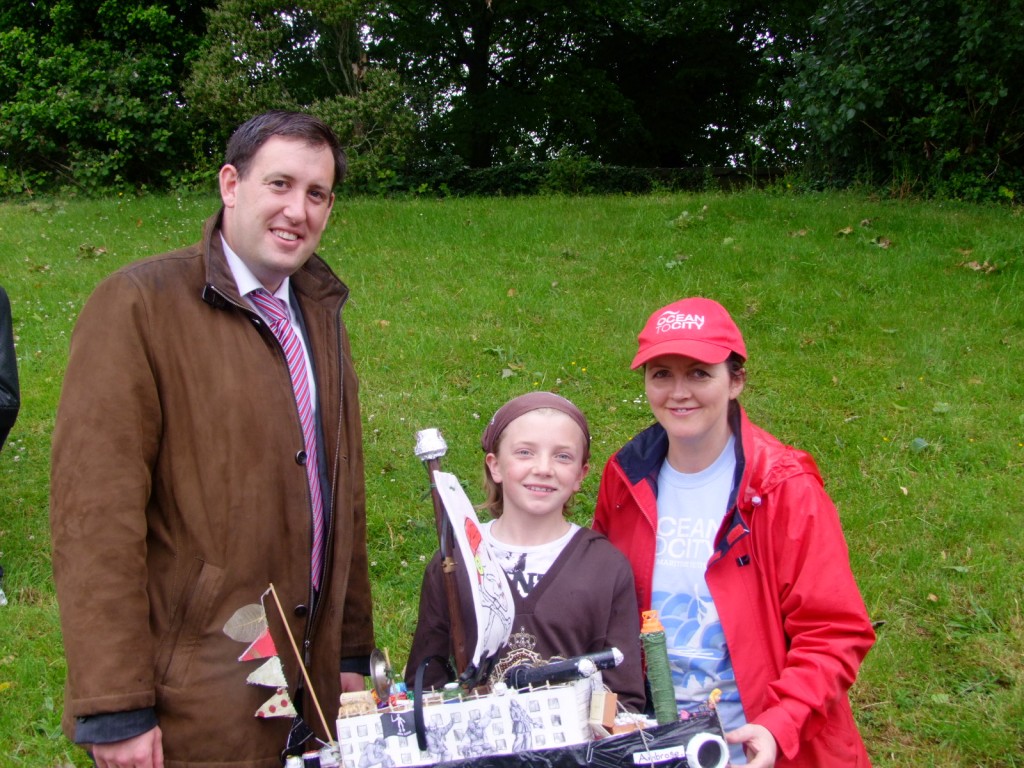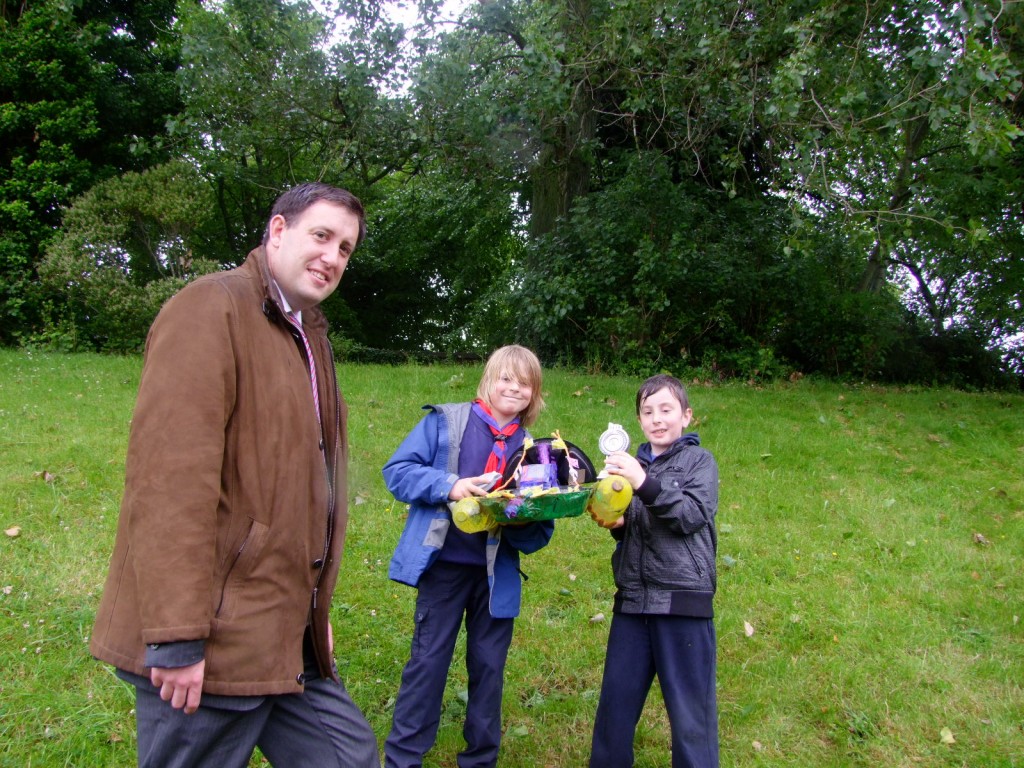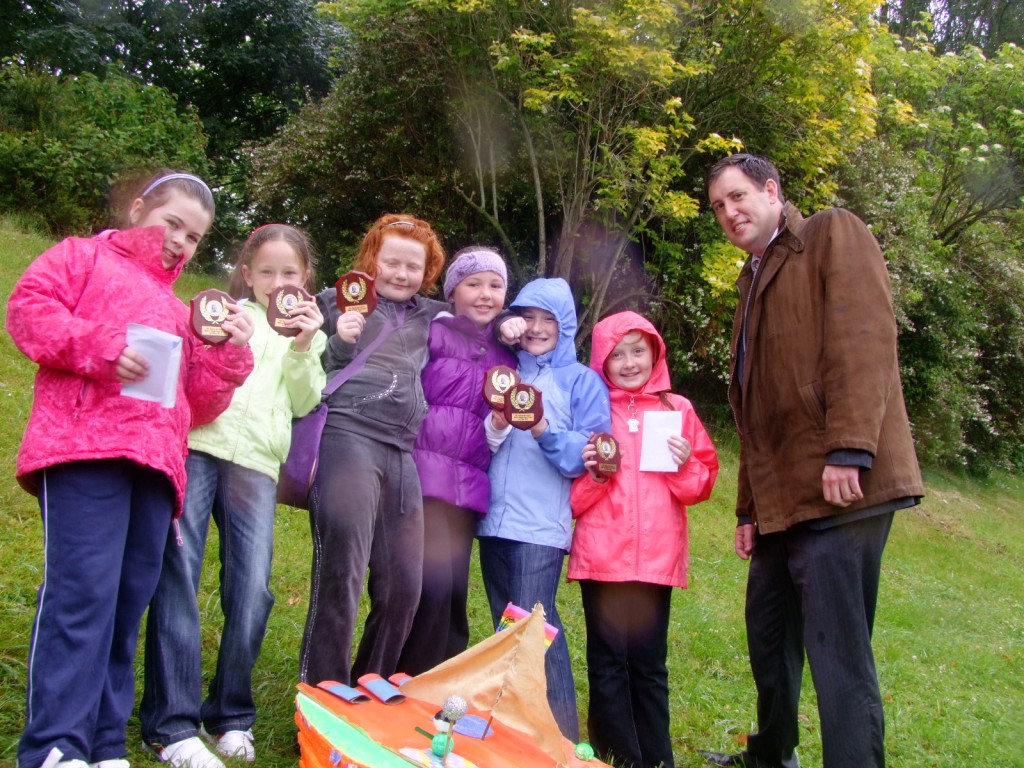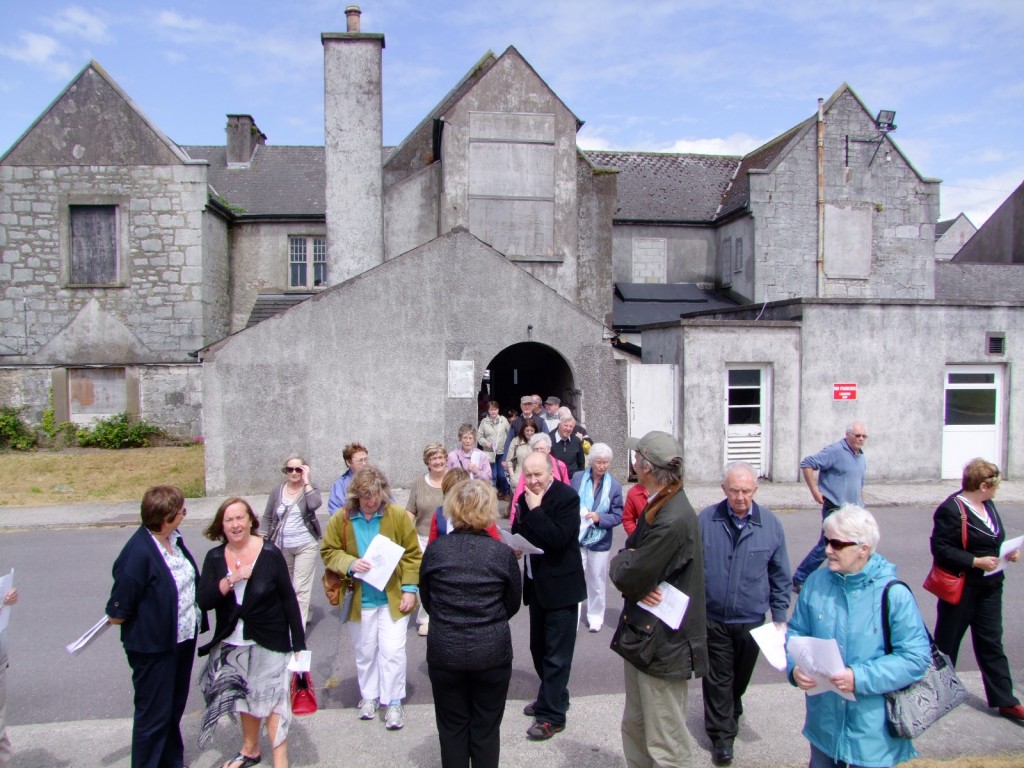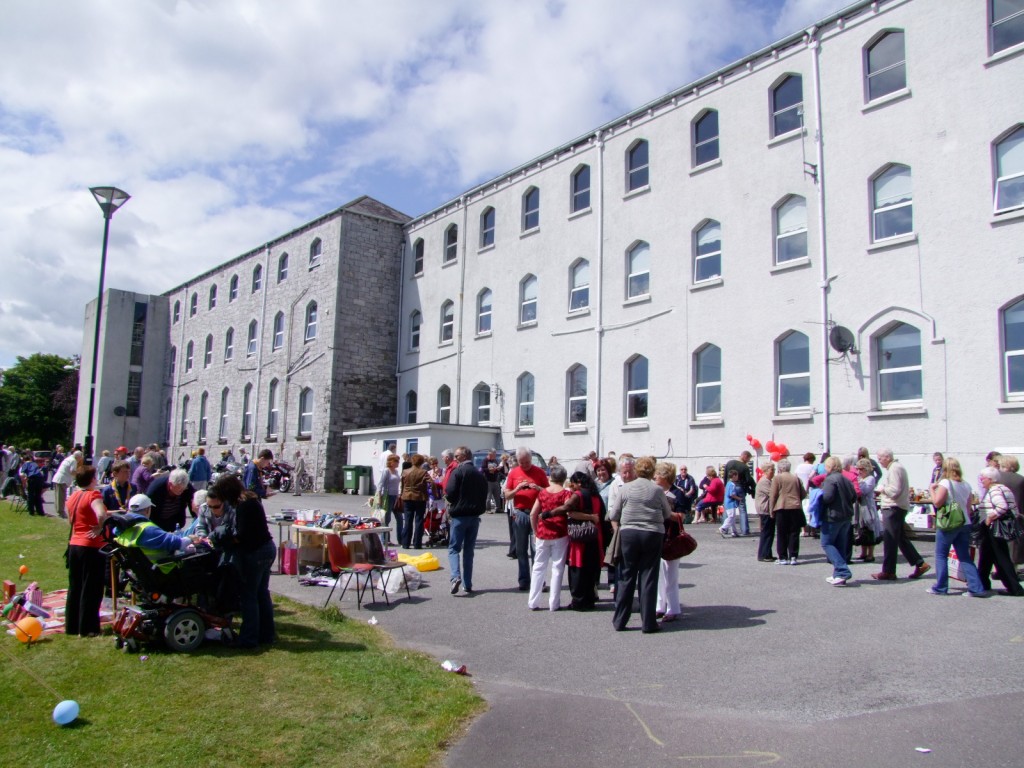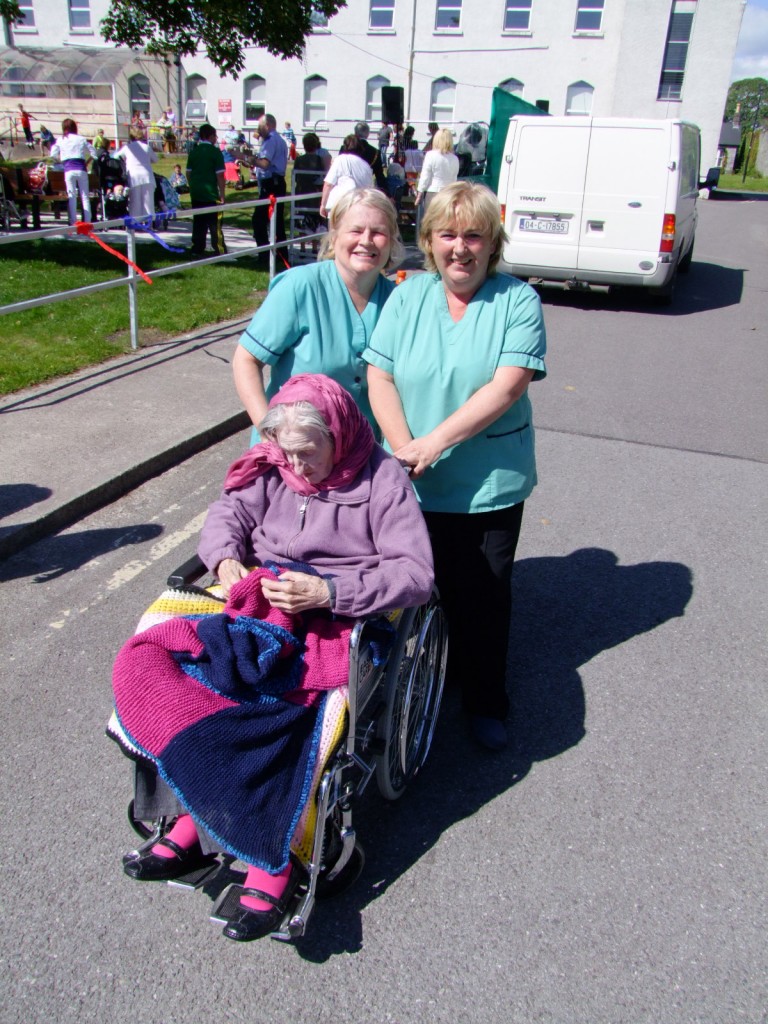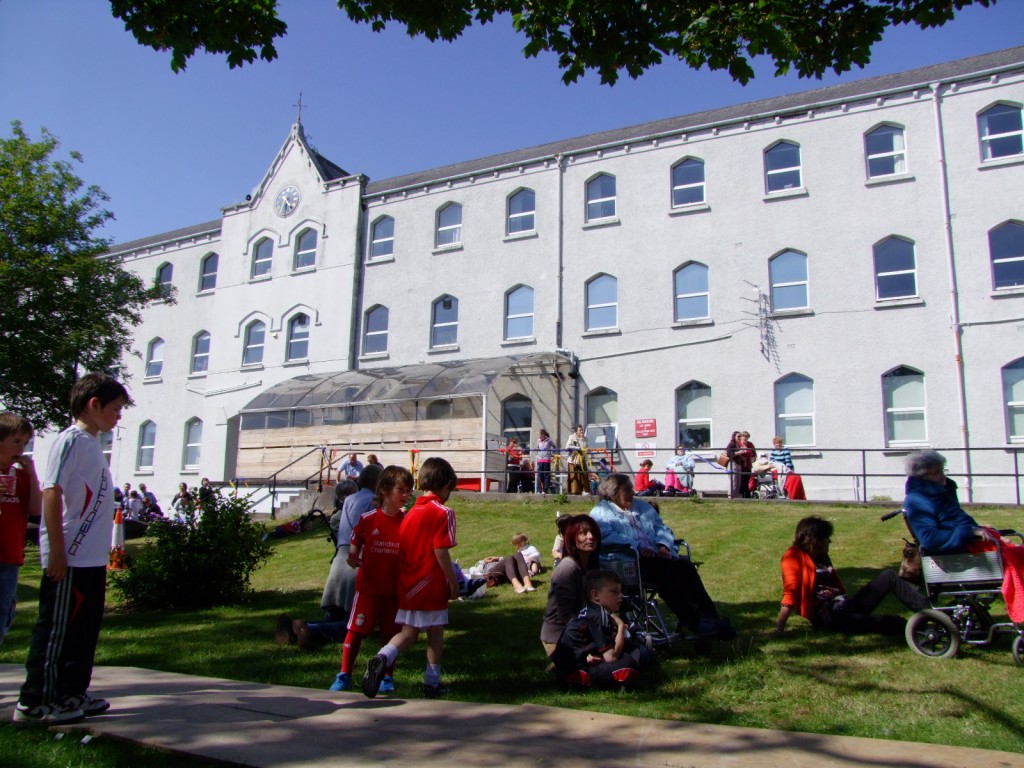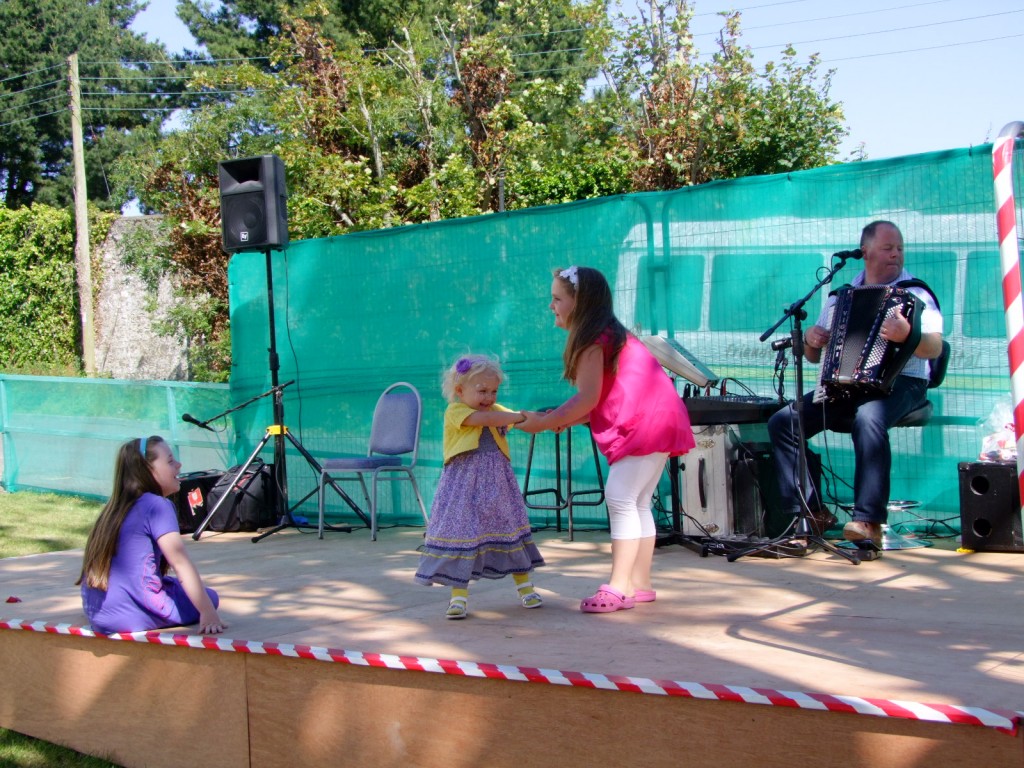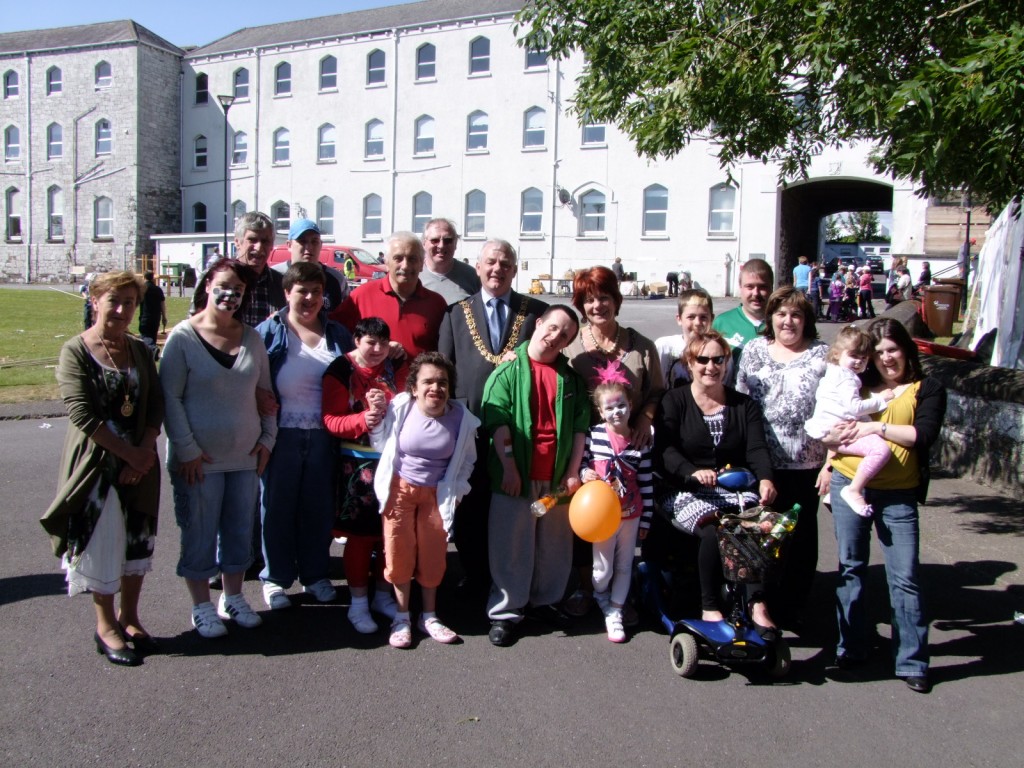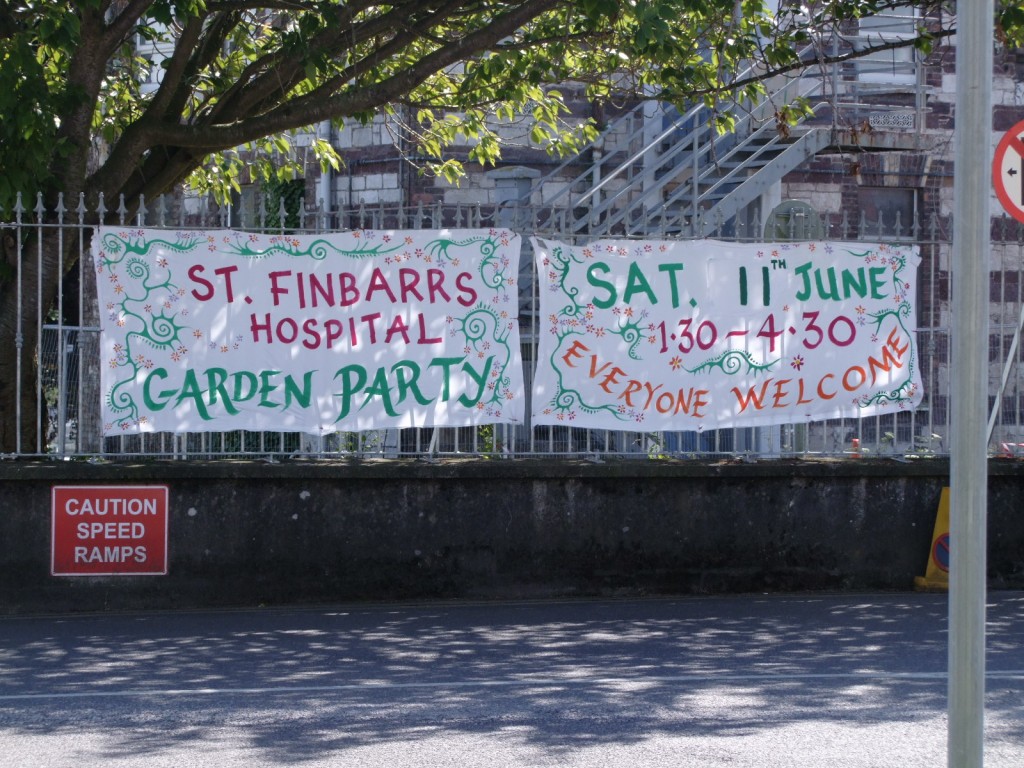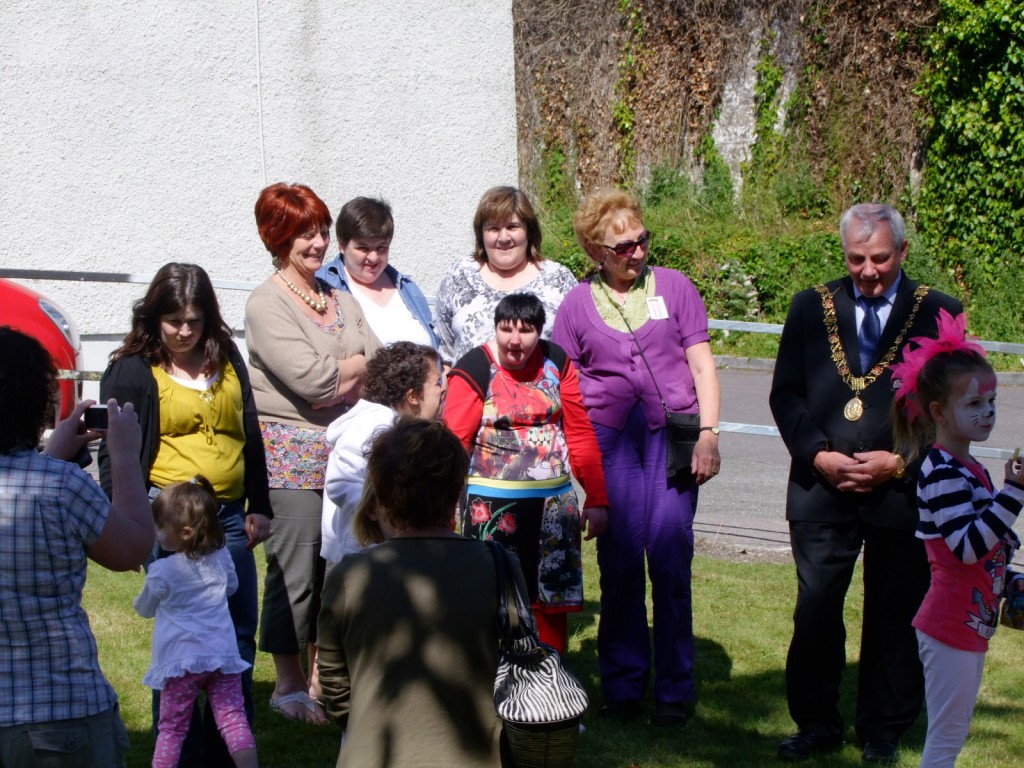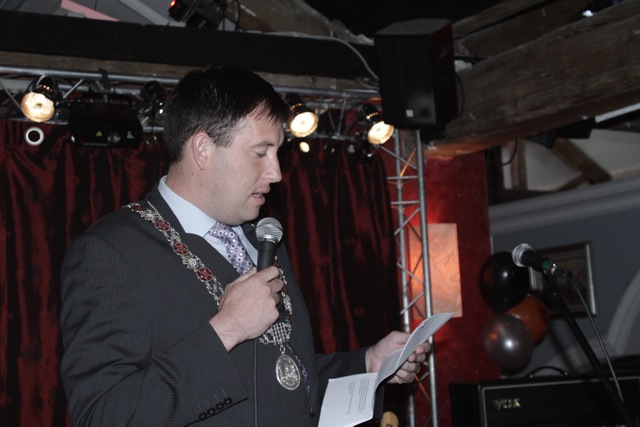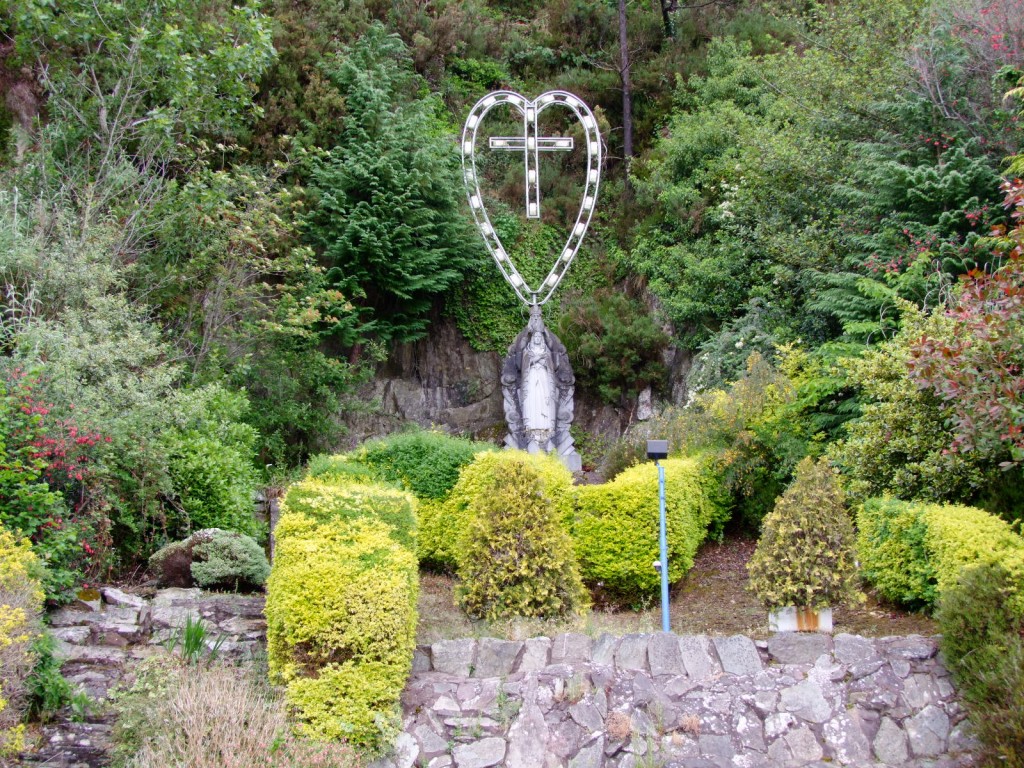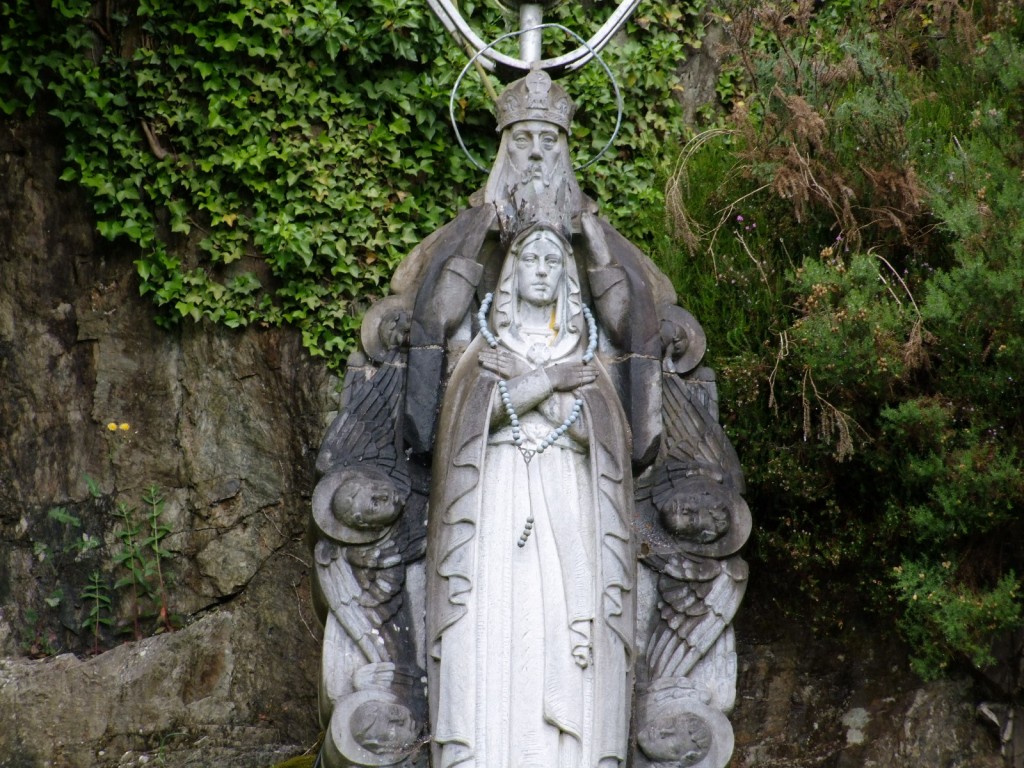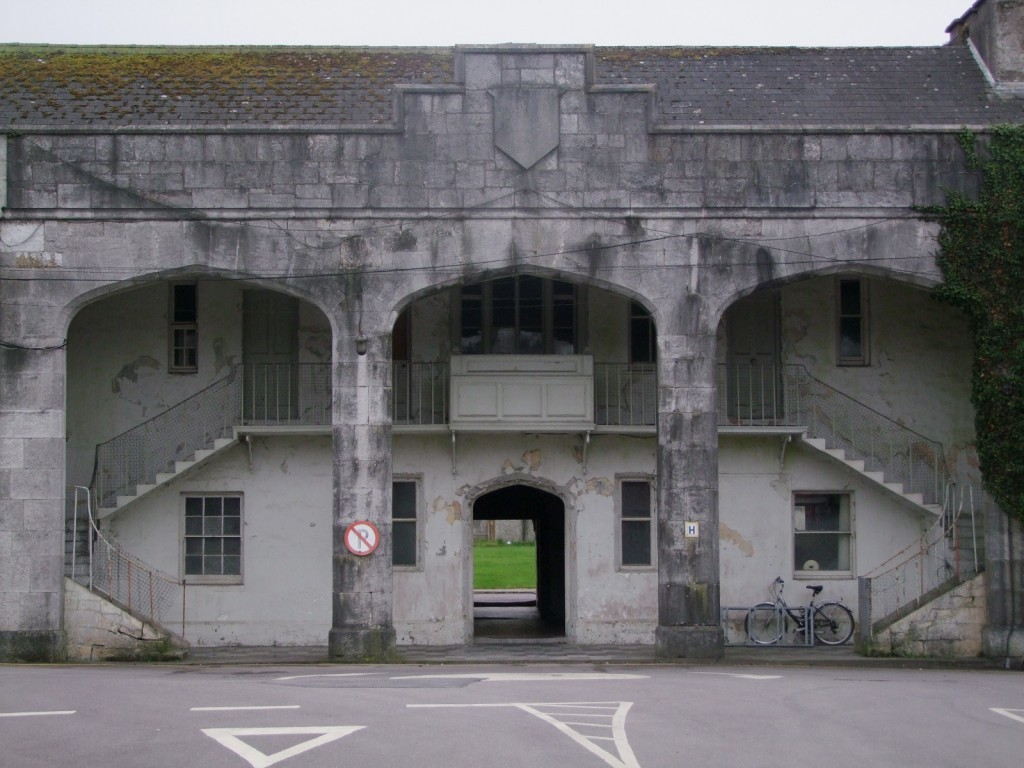Opening of Restored Club House at Shandon Boat Club, Cork
Kieran’s Speech
Minister Coveney, President, Chairman, distinguished guests, ladies and gentlemen,
On behalf of the Lord Mayor, many thanks for the invitation here this afternoon. I’d like to start with a confession. I have only rowed once and that was in a fishing boat. But I am a fan of two things that the club and I have in common, i.e. a love of the river that flows by here and a love of the place where the club is set.
They say that a place has the power to stop, impress, make one question, wonder, dream, remember, be disturbed, explore and not forget.
Waterways Through Time:
The Club is all about place. It is a place rooted in Cork. Your club has had a long history with a lineage stretching back to 1858 to the Cork harbour Rowing Club and Queen’s College Rowing Club, In 1871, the land for the boathouse was given on the Marina which is in part the city’s former docks, which was expanded during the the great famine as a public works programme. The Club house was revamped in 1896 by James McMullen, a Cork architect.
His practice was a varied one, including ecclesiastical, hospital, industrial, commercial and domestic work, chiefly in the city and county of Cork. He worked on 30 commissions between 1883 and 1900. In the year 1896, he was also working on the Western Road’s Eye, Ear and Throat Hospital and the red brick warehouses now next to R & H Hall. His best-known building is the Honan Chapel at University College, Cork, erected in 1914-16. He was architect to the South Infirmary, Cork, for some thirty years and was appointed local engineer and valuer for the Cork Junction Railway in 1904.
The opening of this new club house adds to the narrative and memory of McMullen’s work. It is a place haunted by traces of its past. But creating an affectionate place such as what you and former generations have achieved requires one to harness many aspects of place-making. The club is also a place of tradition, a place of continuity, change and legacy, of ambition and determination, experiences and learning, of aspiration and inspiration and a place of nostalgia and memory. Culminating those threads and more together creates a rich sense of place that emanates from this corner of the city.
I often walk on the Marina and sit on the benches. For me, I have researched, written and led historical tours in this area. In particular I like photographing the changing textures of the area. For me the area is a place of contemplation, recollection and a place of rest. The Marina as a place seems to be defined and embraced by its people. I have often watched your rowers, breaking through the river’s current as its tries to move further downstream. I have often watched as your own rowers have pushed themselves for their sport but I have also witnessed your rowers bursting out in laughter and having fun.
But just like the constant ebb and flow of the tide, this new Club house is about your club evolving as the needs of your members are changing to incorporate what they see as relevant to the contemporary and future of rowing in Cork and in Ireland.
A glance through the records of the club indicate something of its activities and achievements. Each successful season is immortalised in the club’s records, on the club’s perpetual tournament trophies and on the numerous photos that adorn your walls.
One cannot also avoid thinking of all the trials and tribulations of the past and present hardworking chairmen, secretaries, managers as well as individuals who played a critical role in guiding and implementing decisions to make the Club survive the test of time. Significant voluntary input has been and continues to be contributed by committees, sub committees and trustees. Many, but not, all are remembered in official documentation such as minute books or photographs. There are characters who have given the Club a certain continuity and have kept values going and standards high. The club should be proud of the pioneering role it has developed – and will continue to play – in the sporting, educational, business and social life of Cork
Power of Place:
Clubs such as yourselves are like giant spotlights in the sky; they can and will continue to uphold human values for all to see and replicate, they can send out the message that we do need to care – care about something… to do something purposeful…to move yourself forward… to hone our personal talents, which we all have. Those are all traits that this club has in abundance and which Ireland of the future now needs.
Best of luck on the waterways you travel; you never know where they might lead you; they have led you to this point in time and I have no doubt this new clubhouse will witness many great days, not just of winning but of the power of a place such as this in our society.
May this new place have the power to stop the visitor or athlete,
impress upon him or her a goal,
make them question their own ambitions,
wonder and dream about the future,
remember the past and recall the unfolding and refolding of memories unfold,
be disturbed by being pushed forward,
be able to explore those new lessons to be learned
and not to forget the experience of all that.
Ends.
